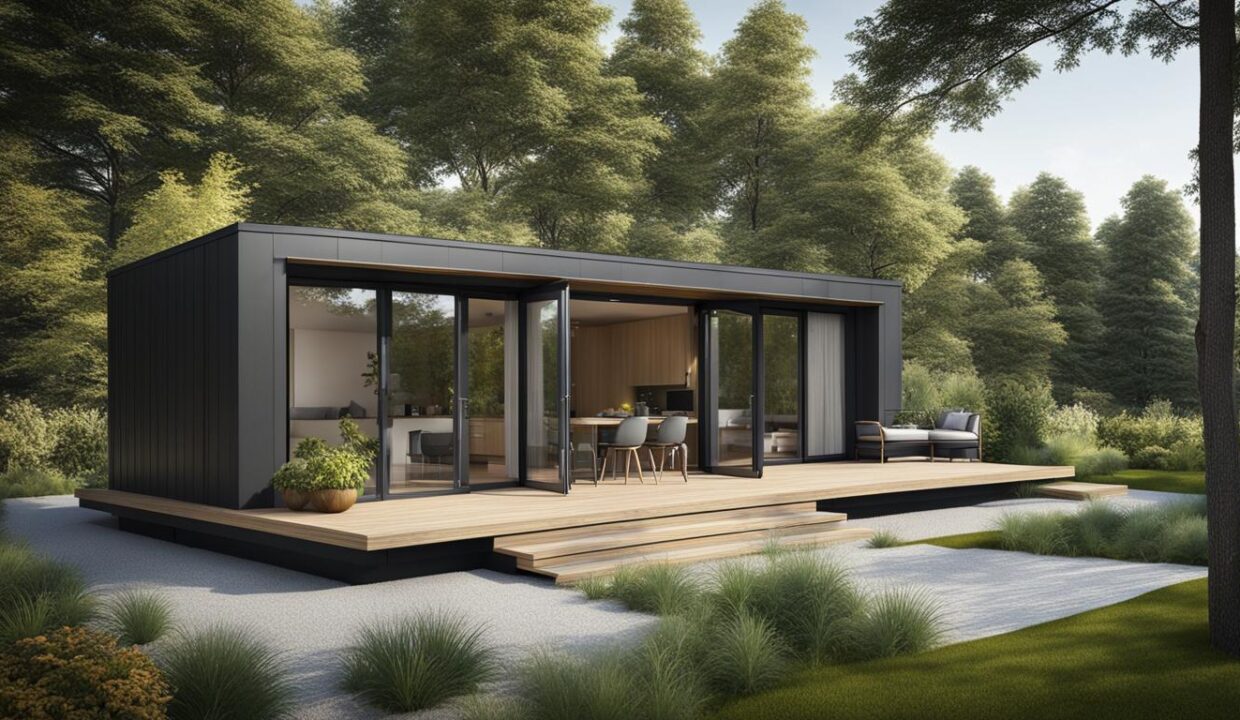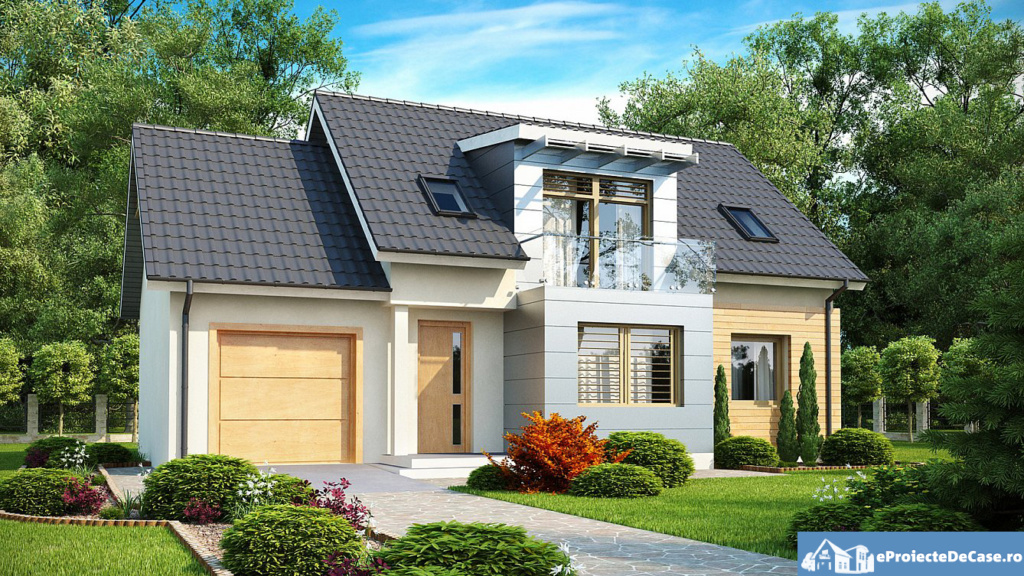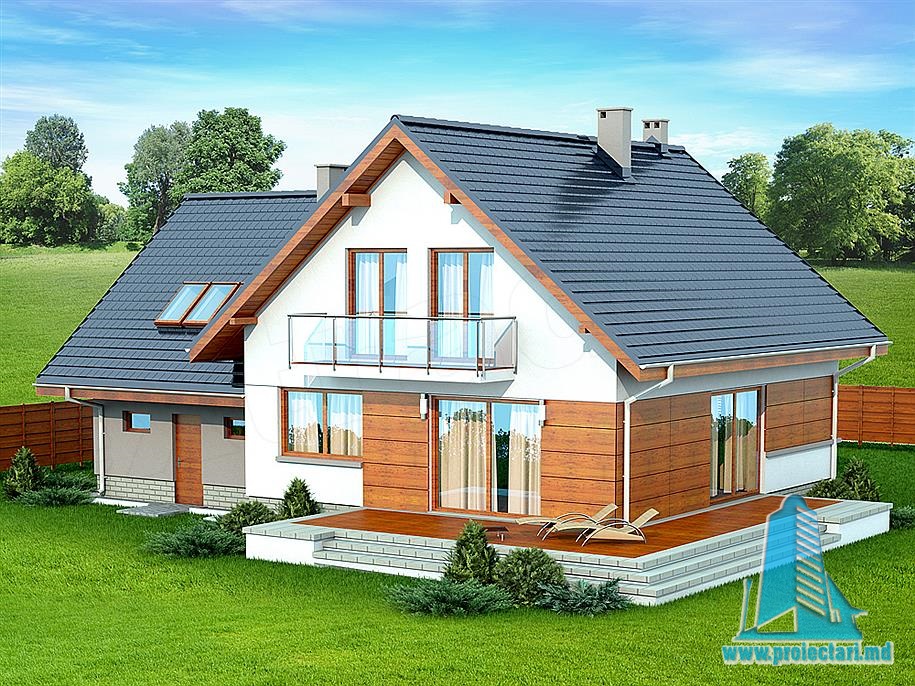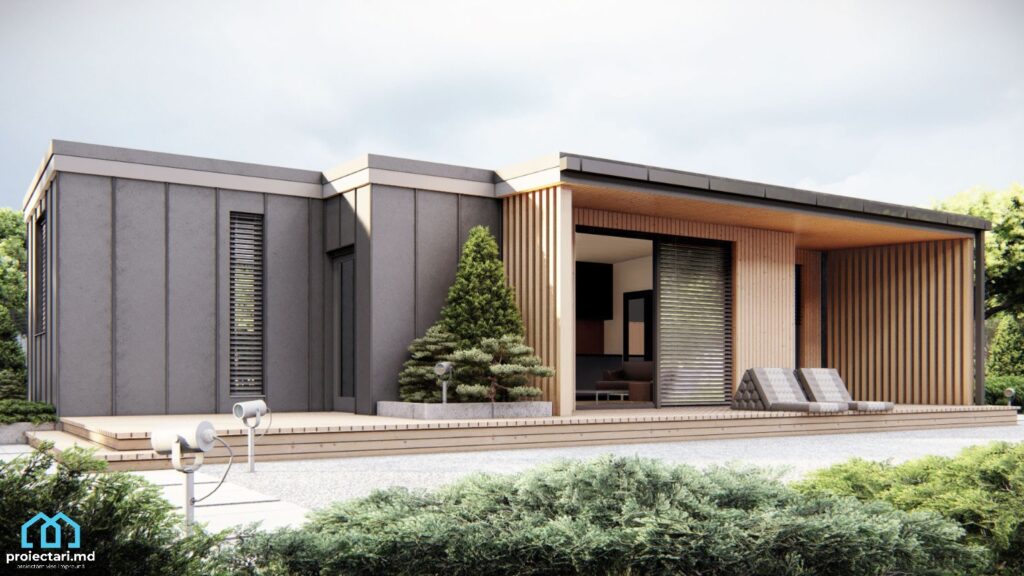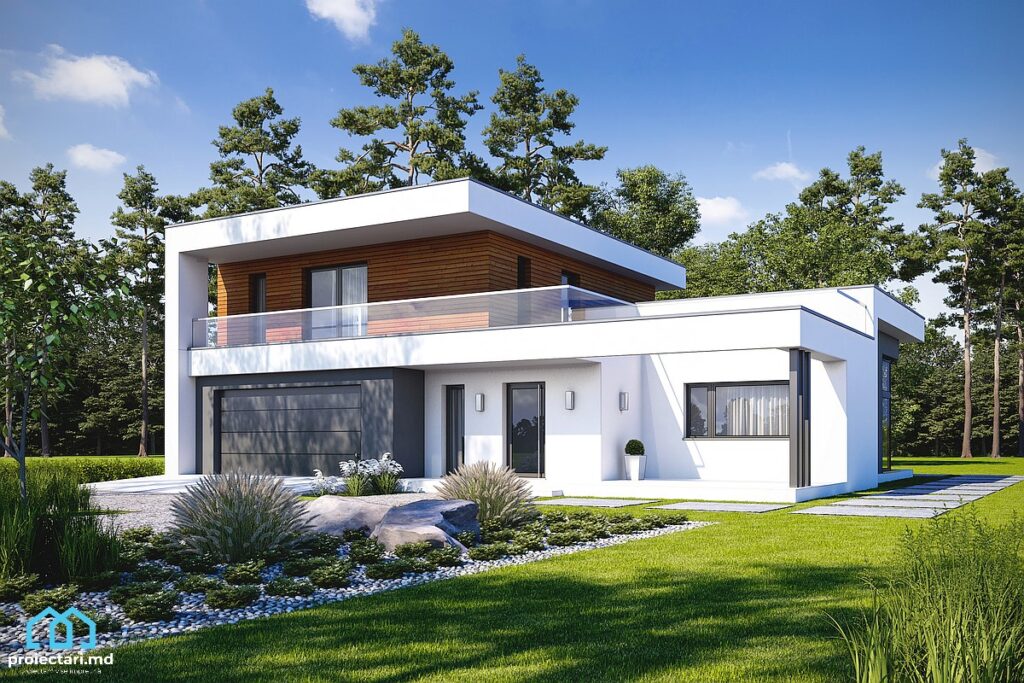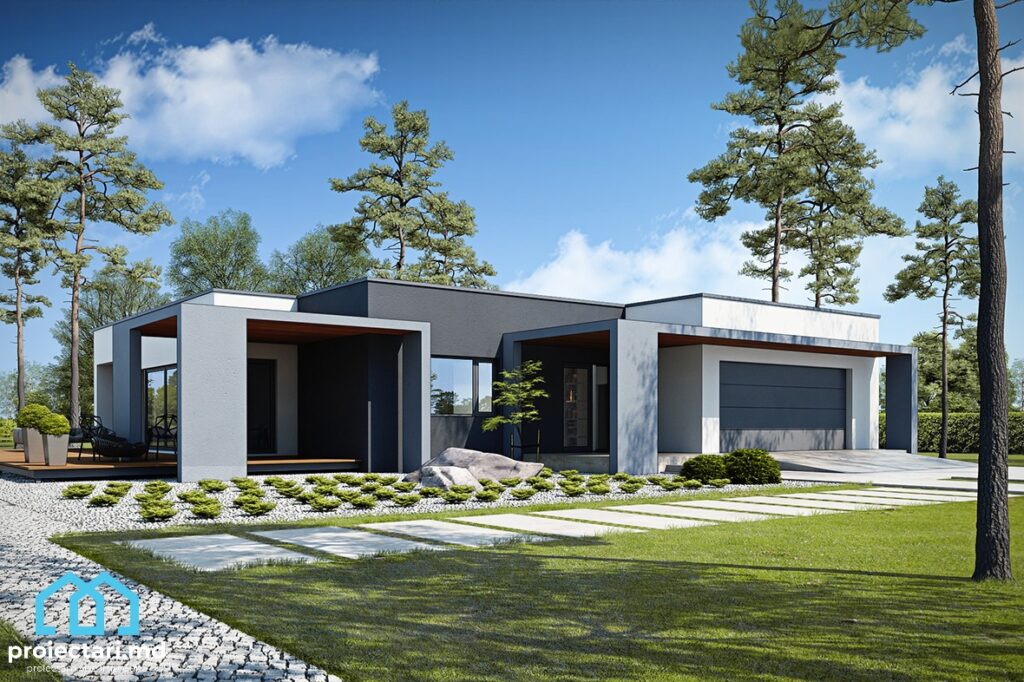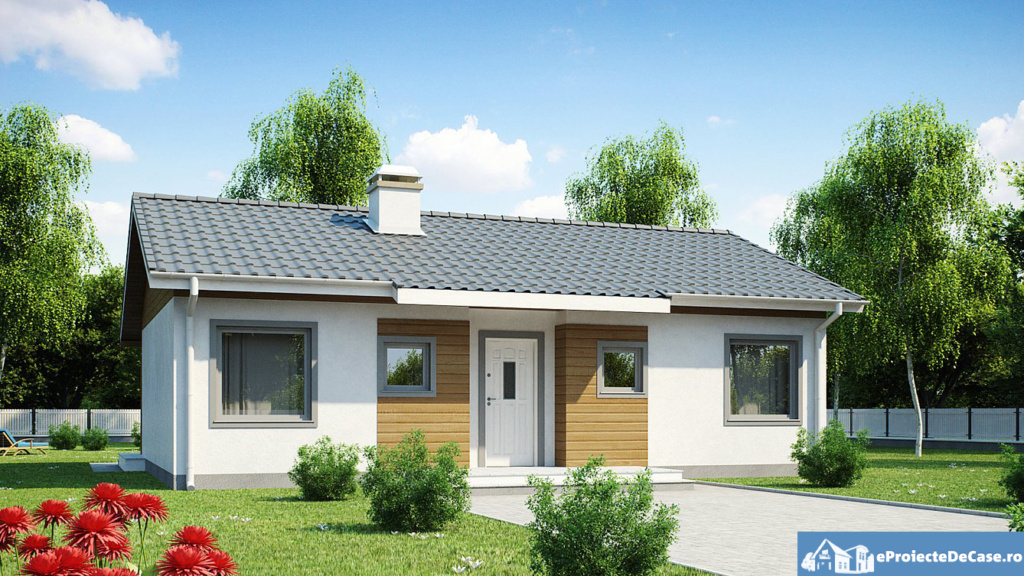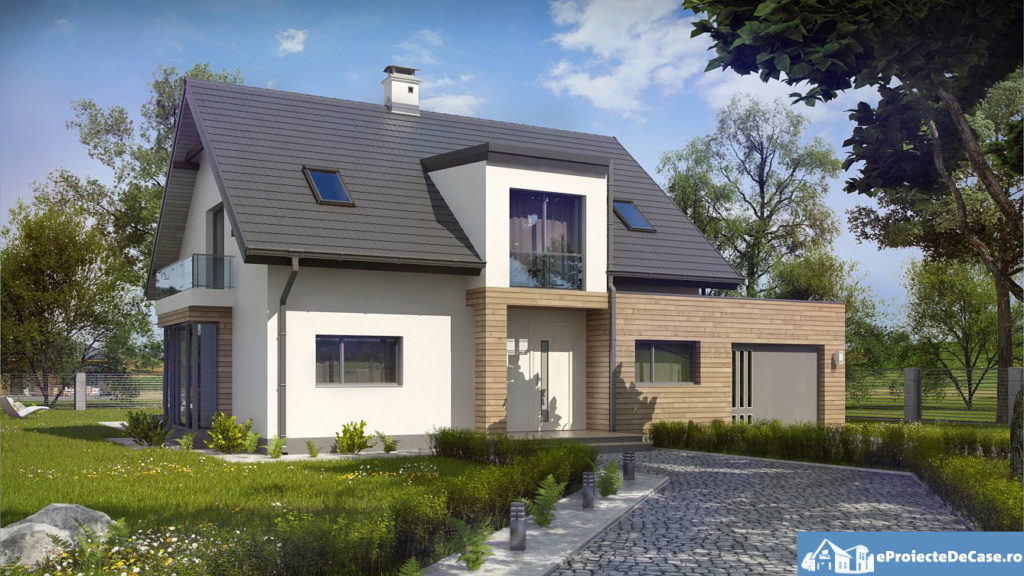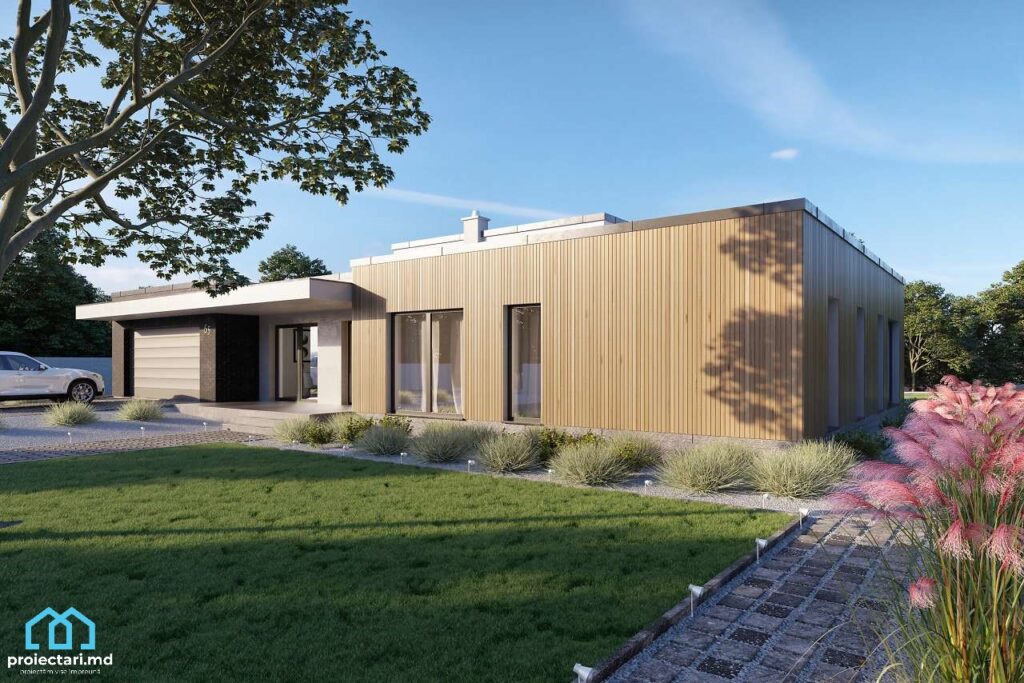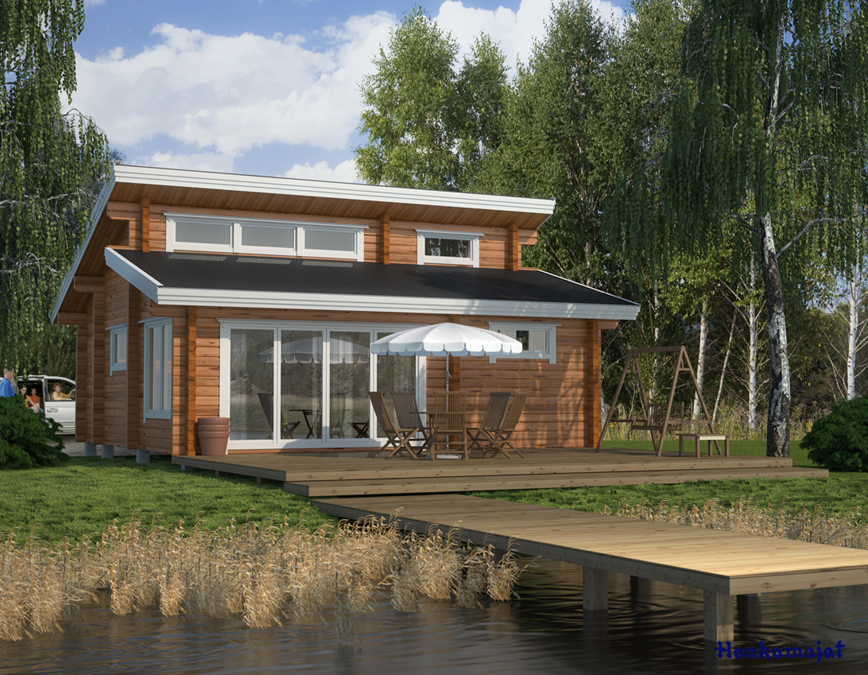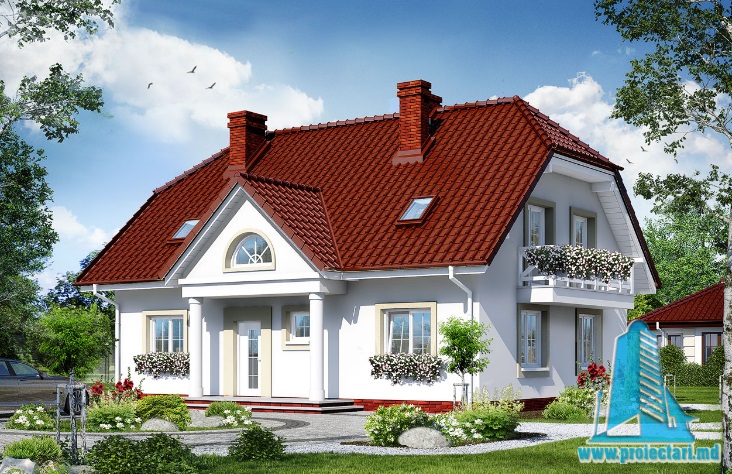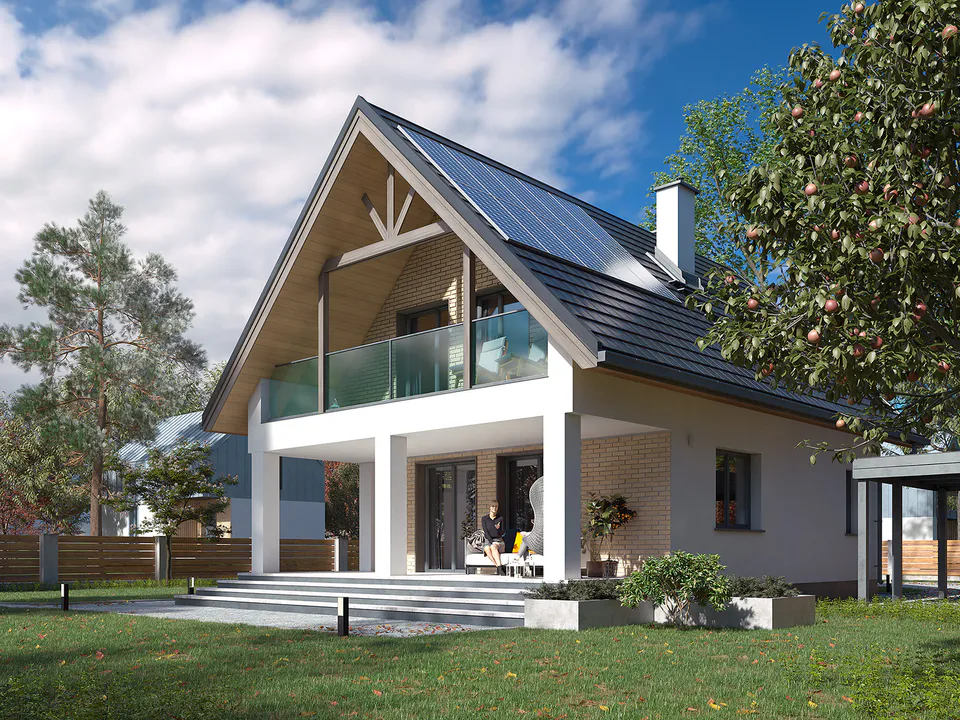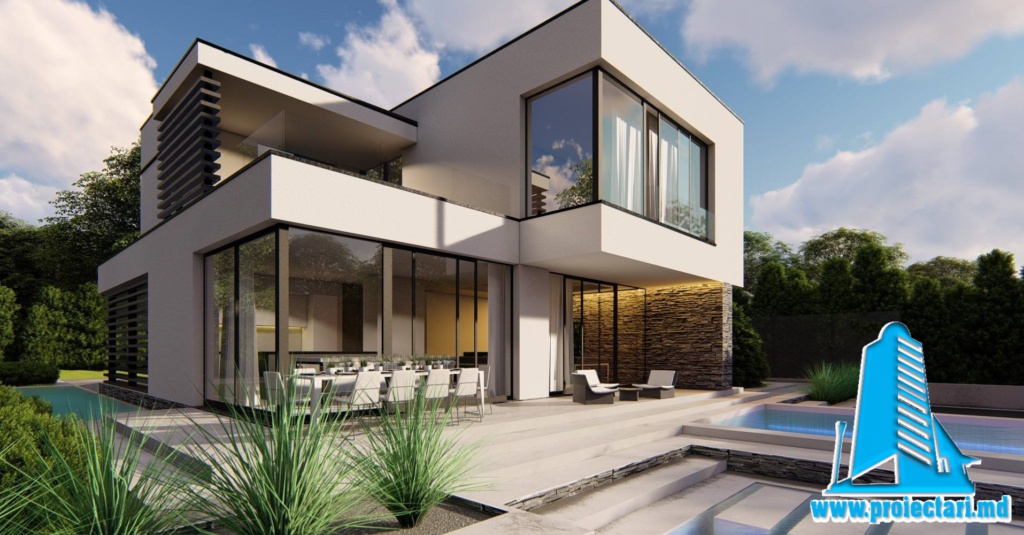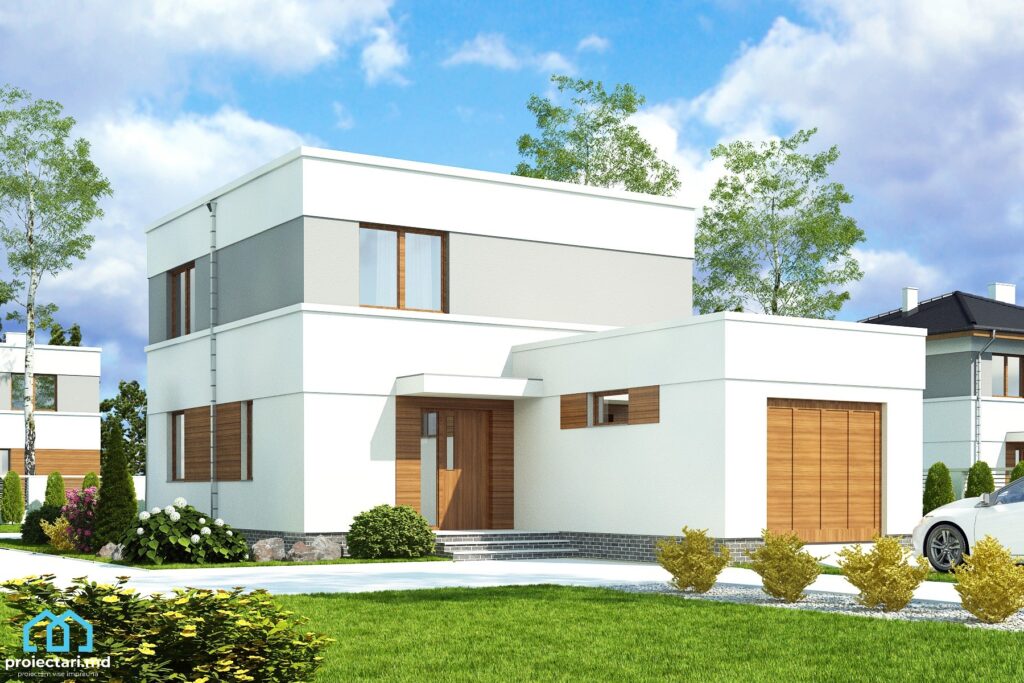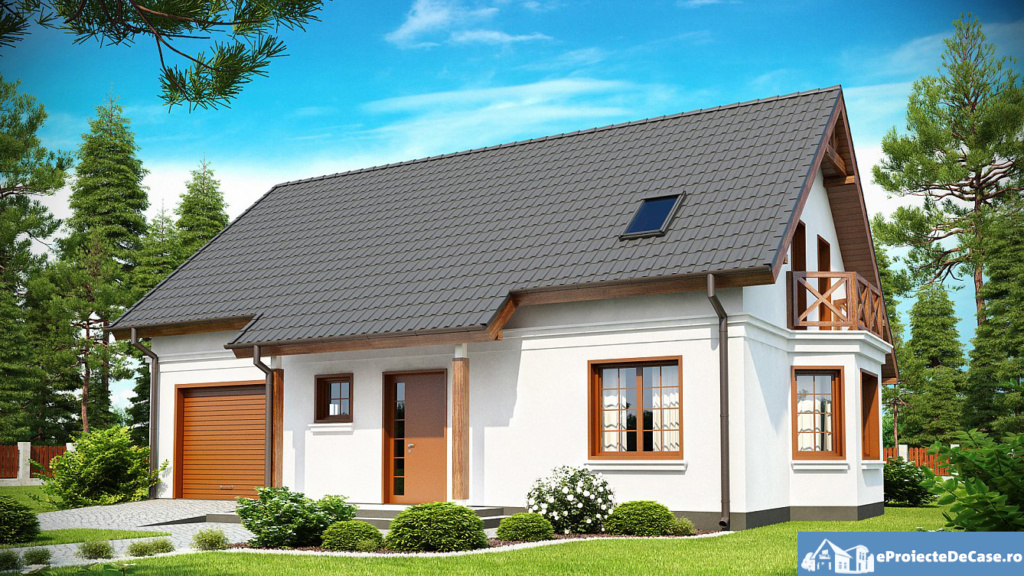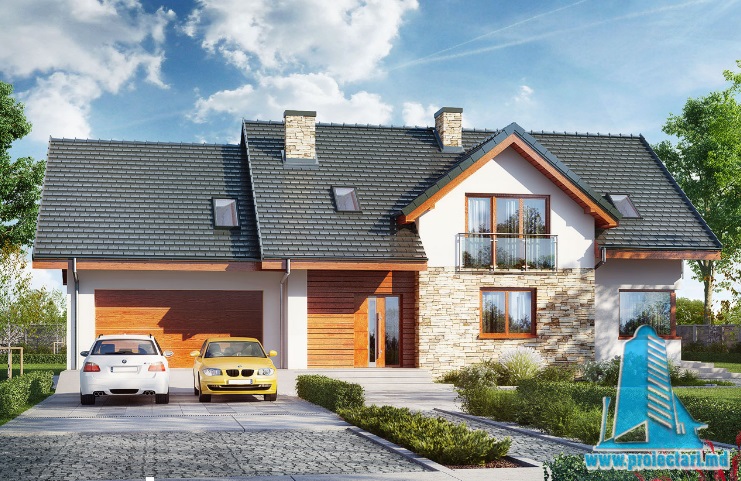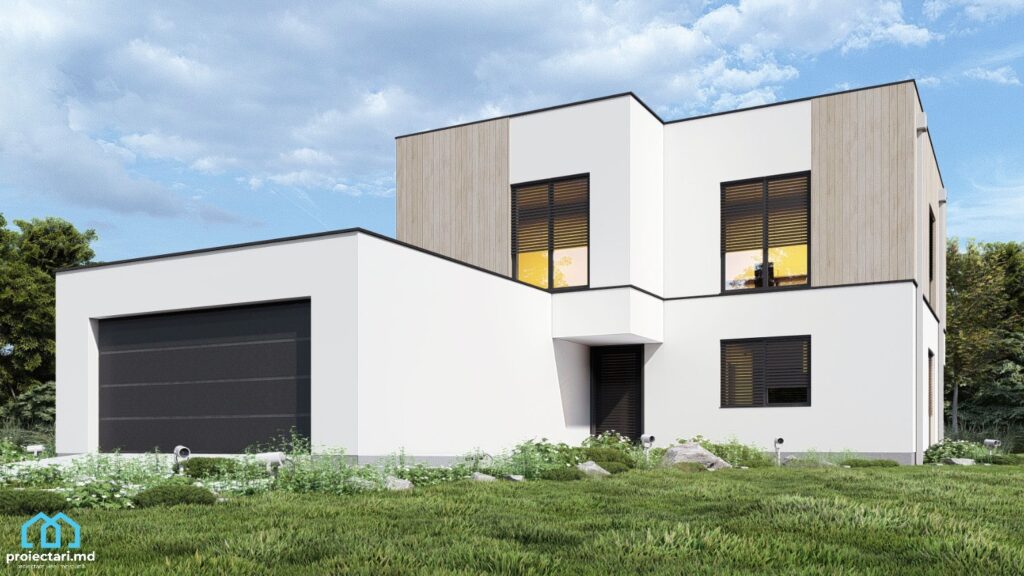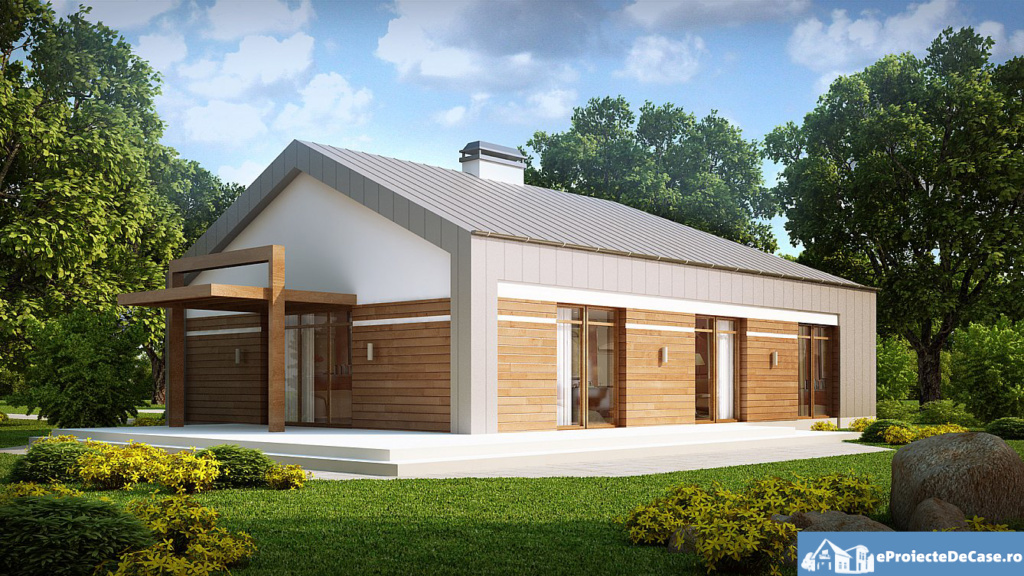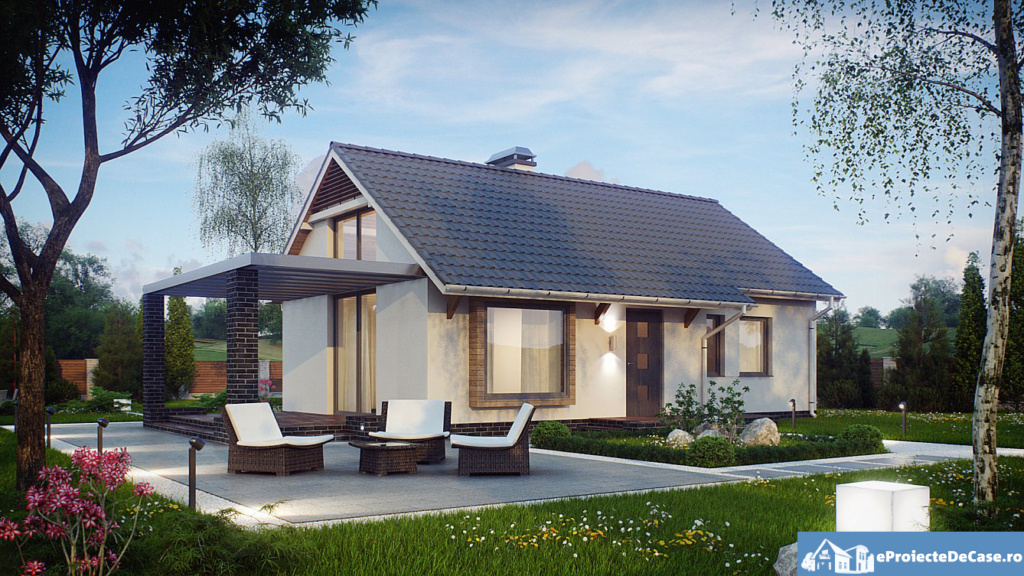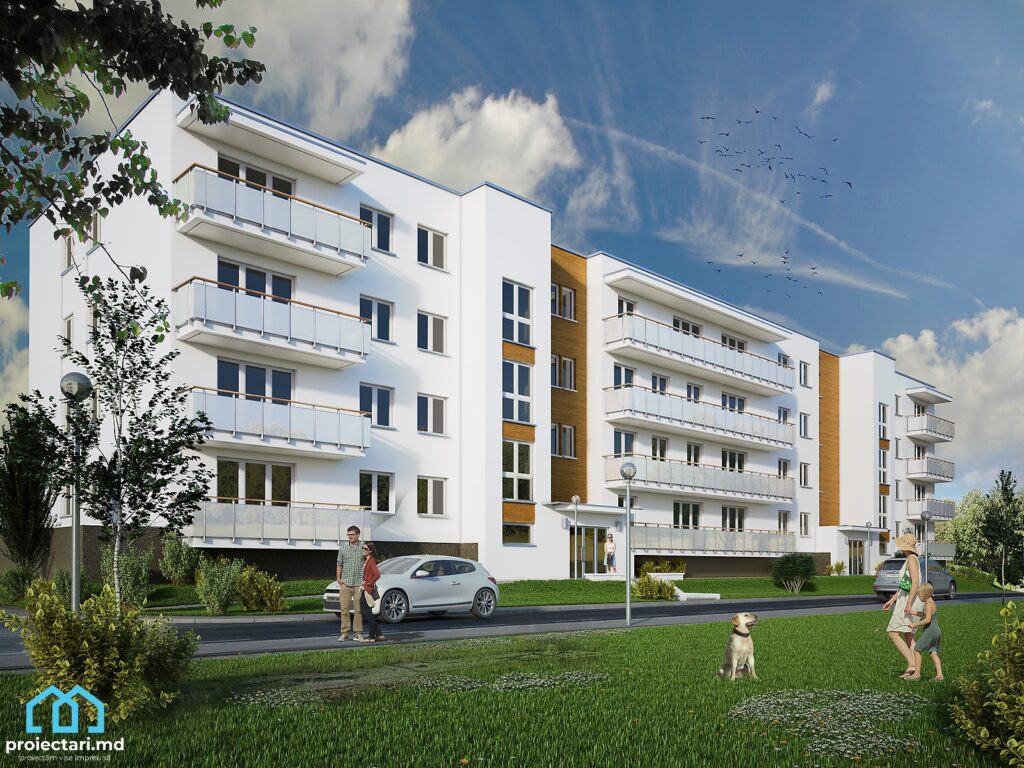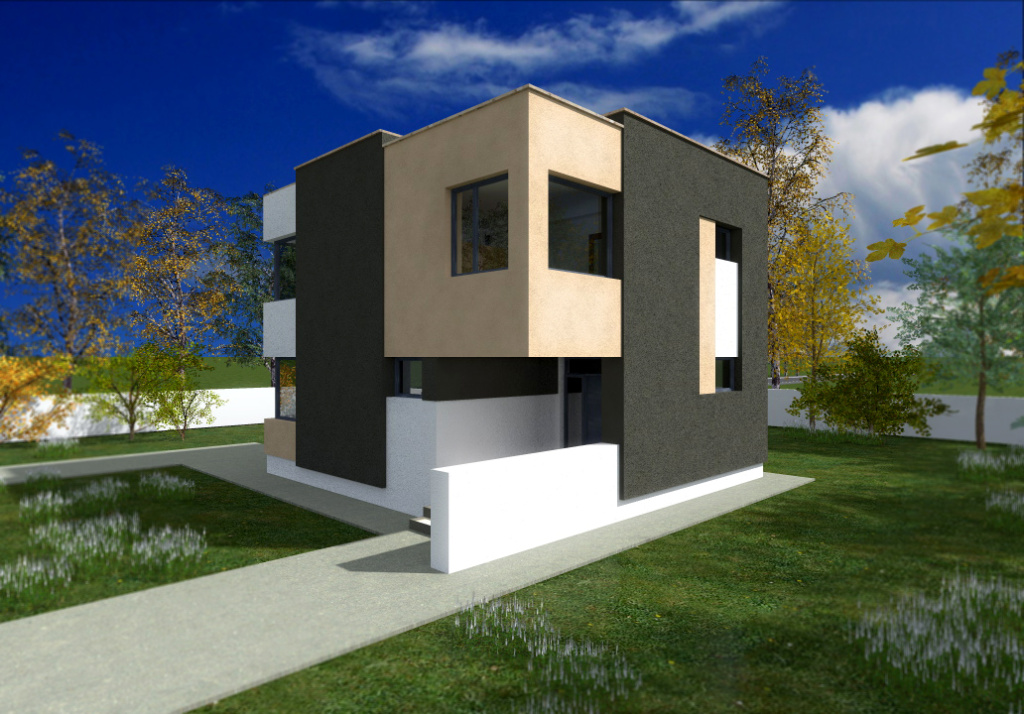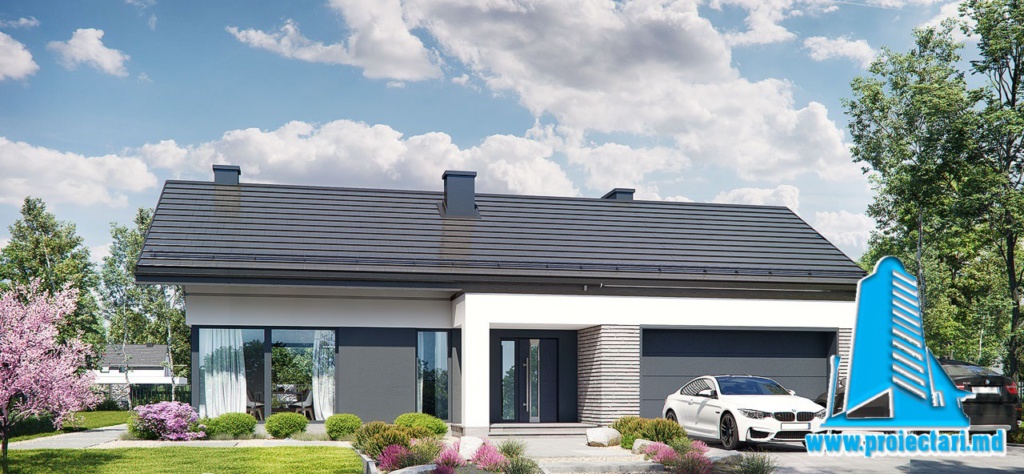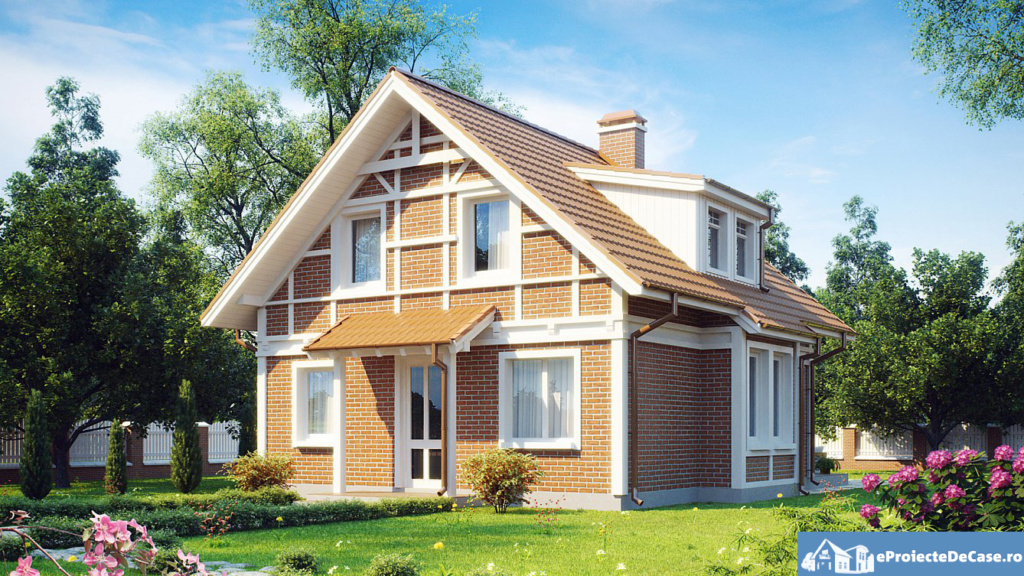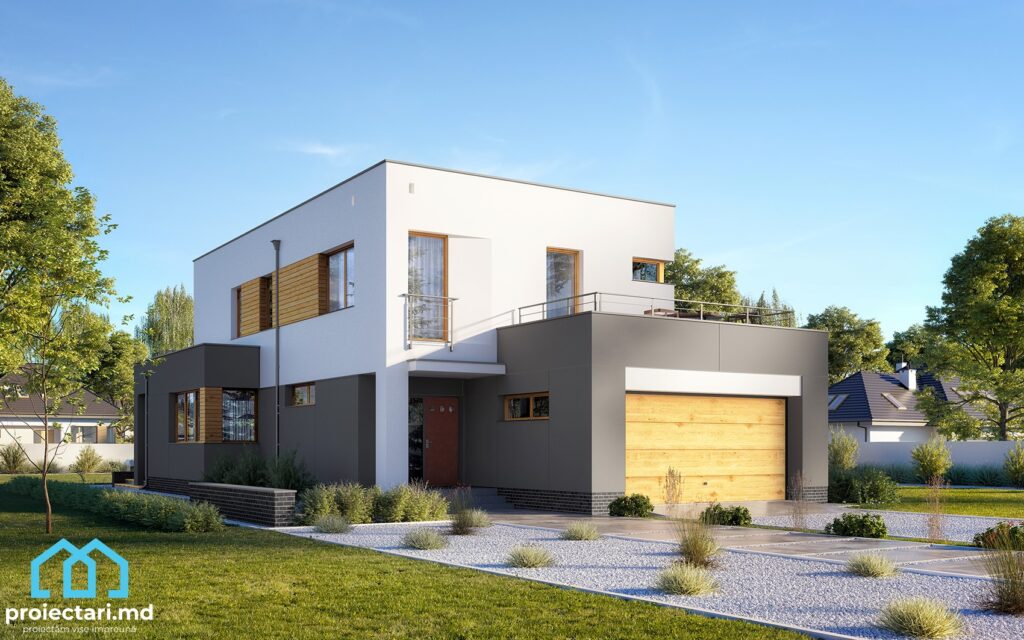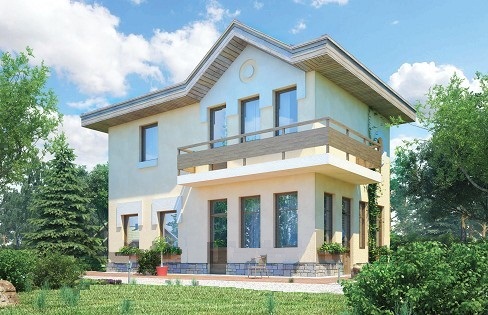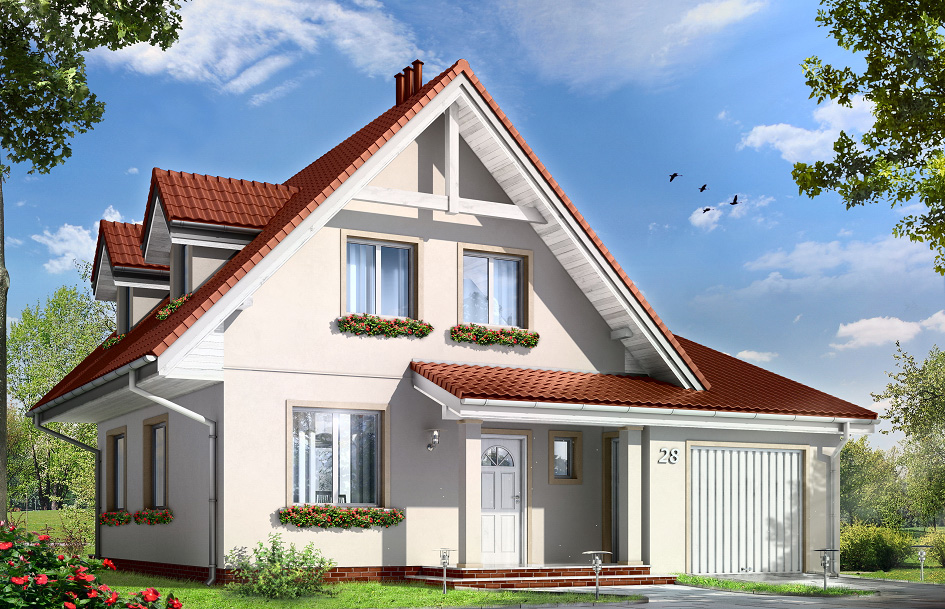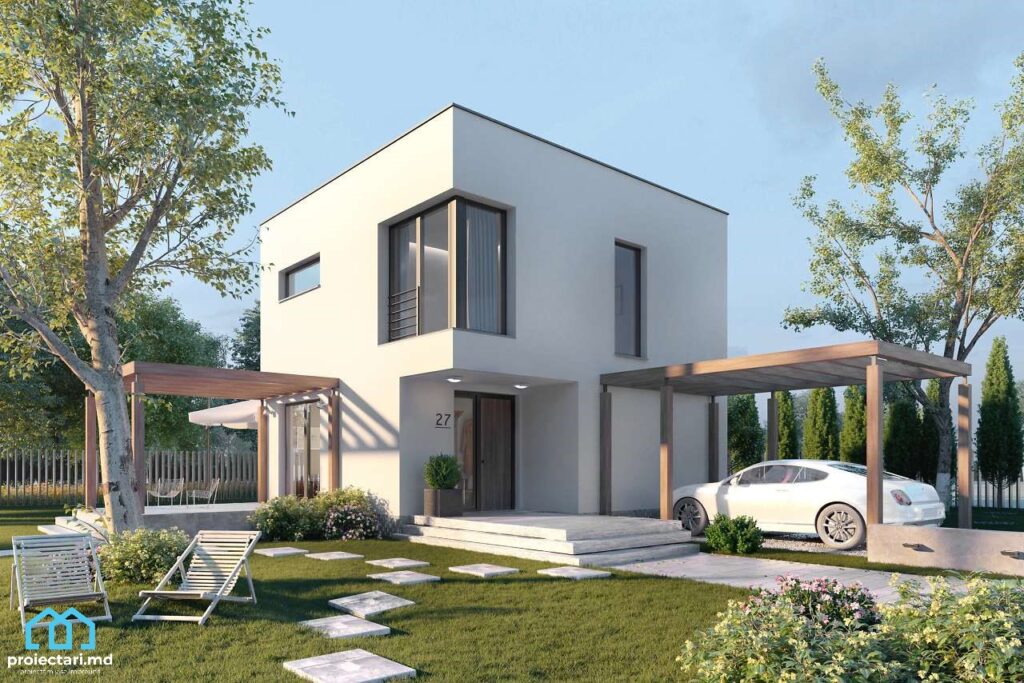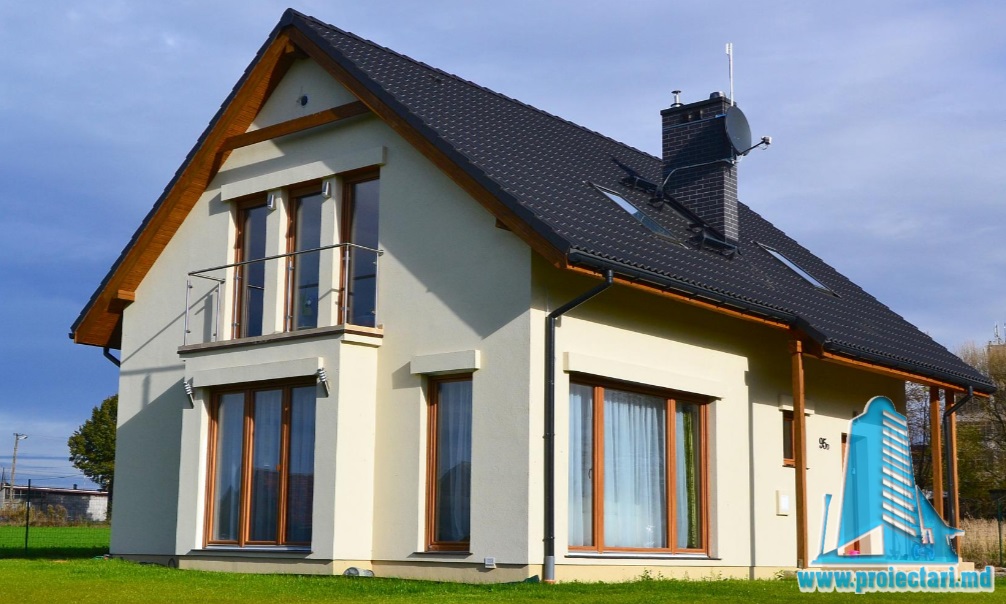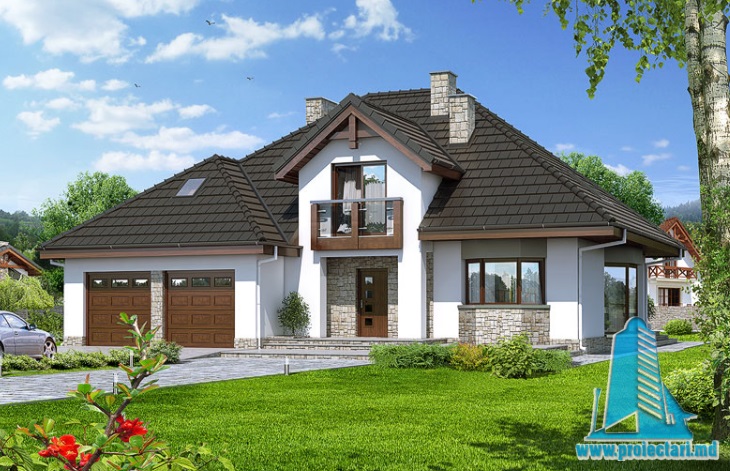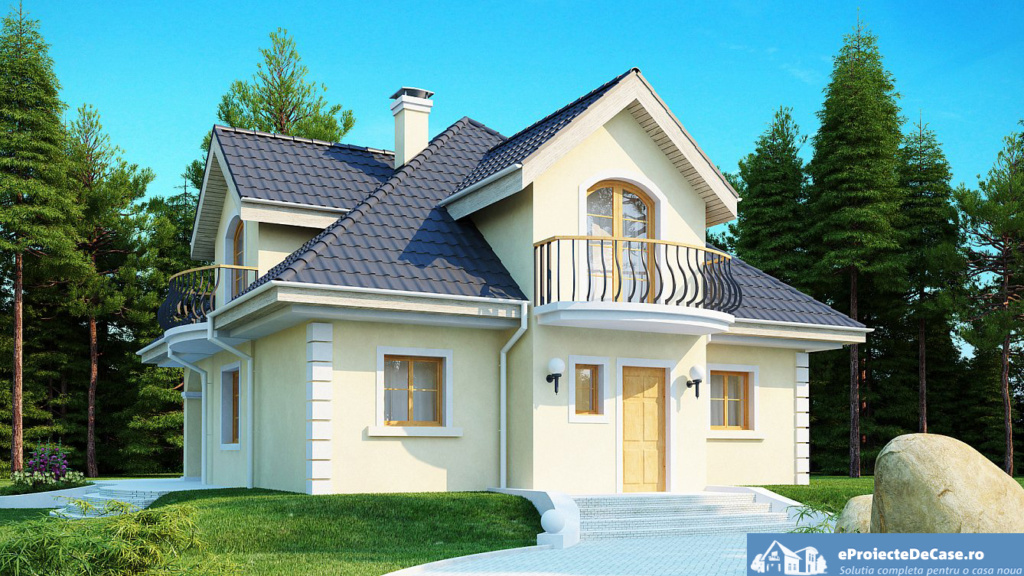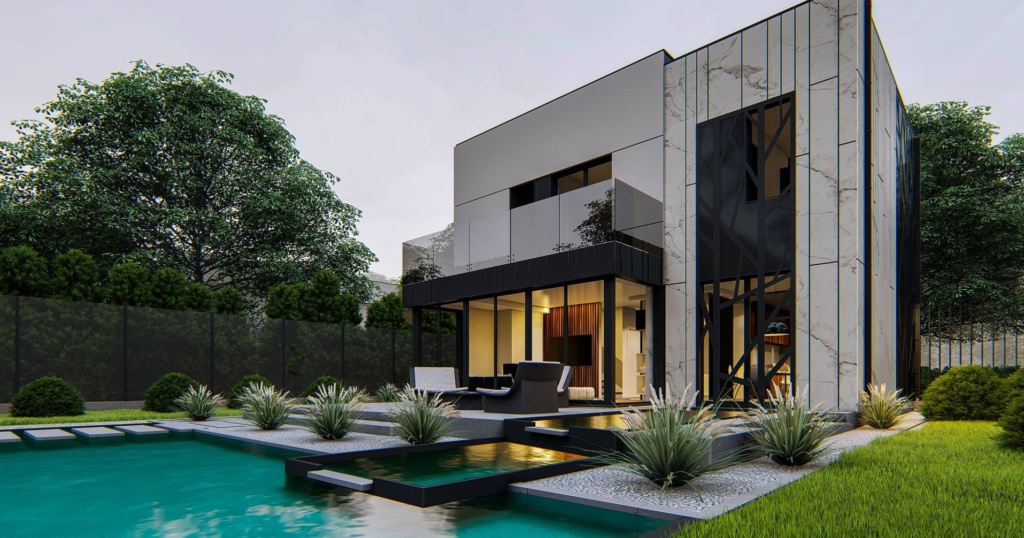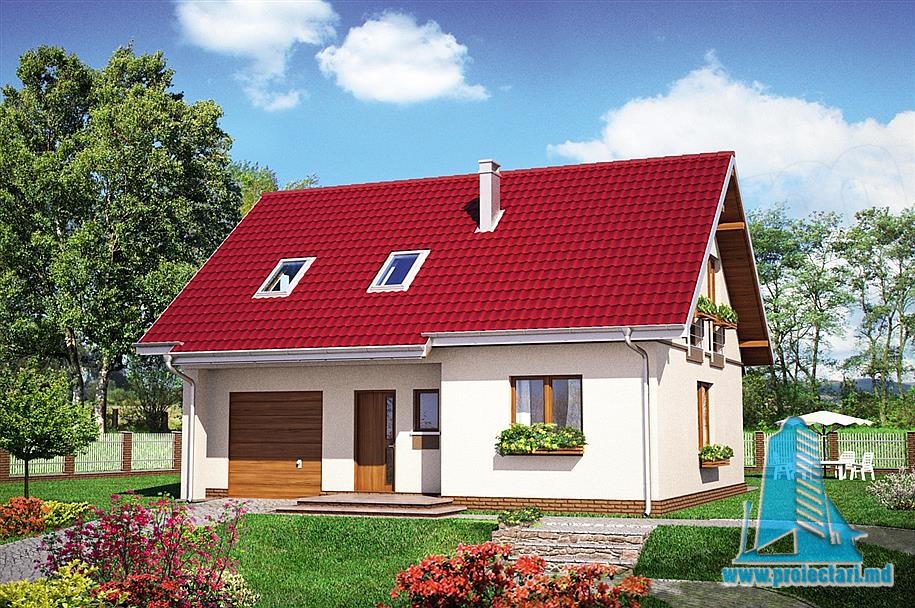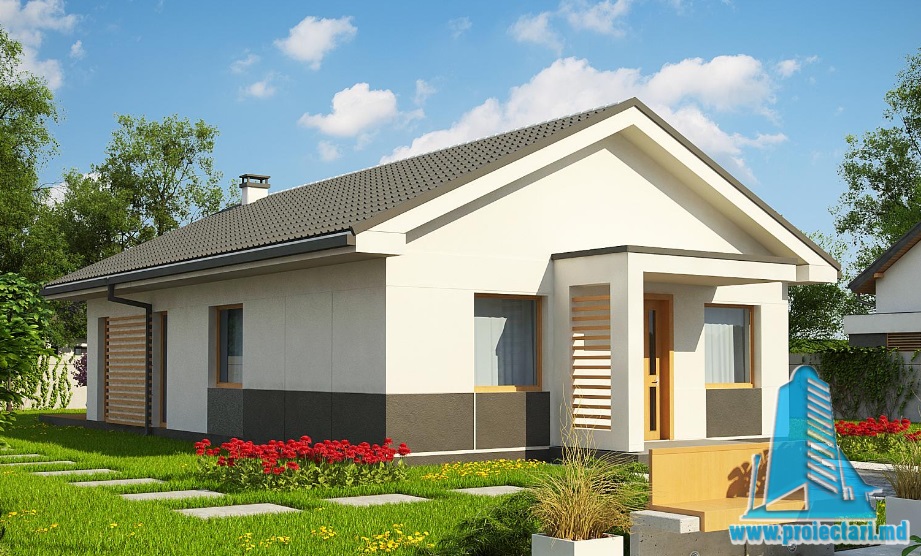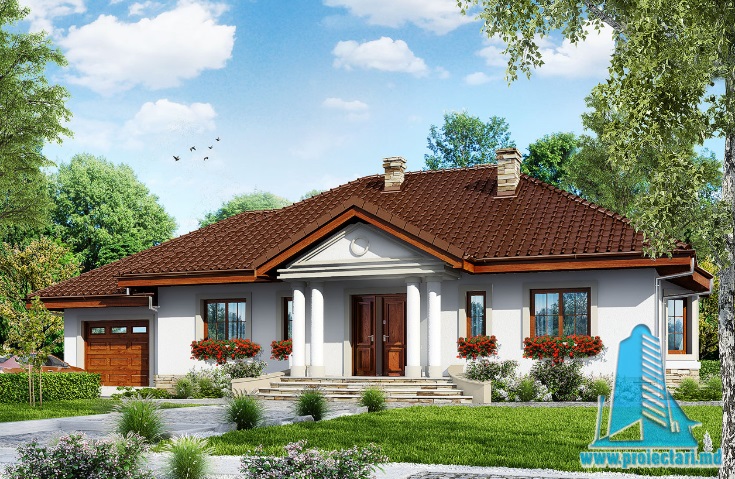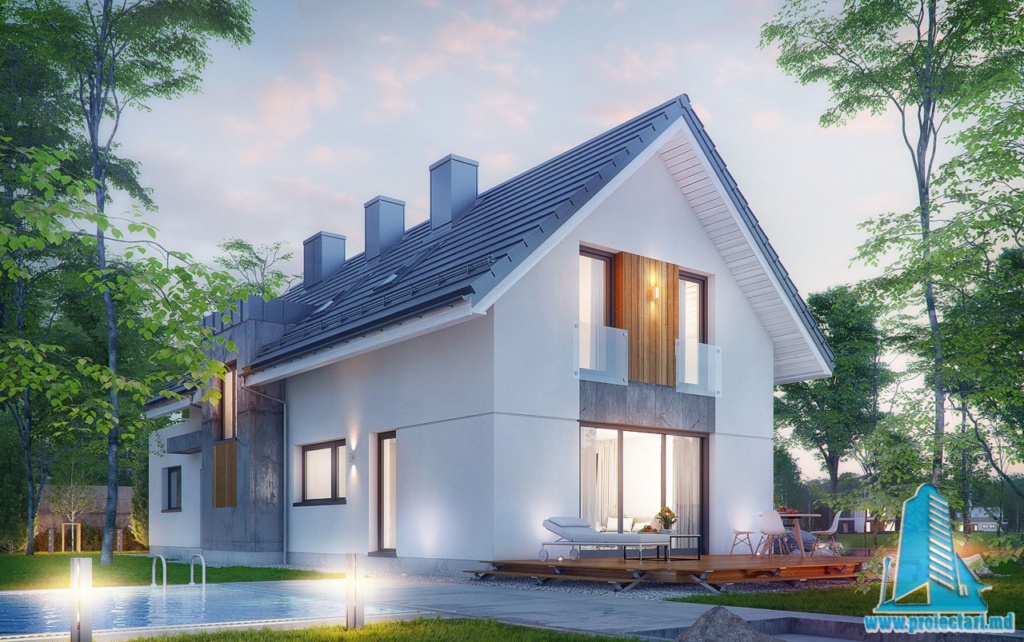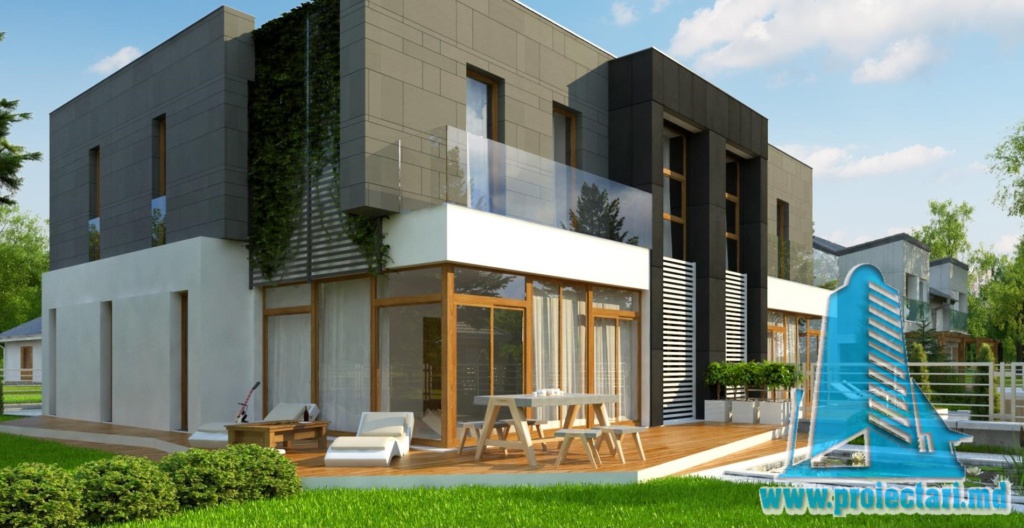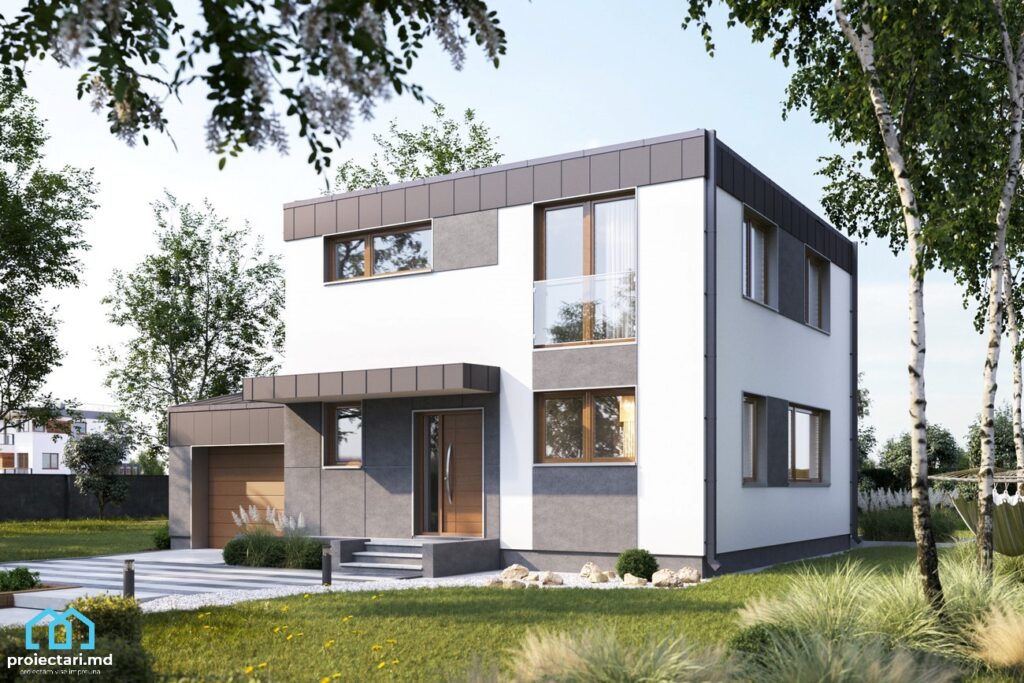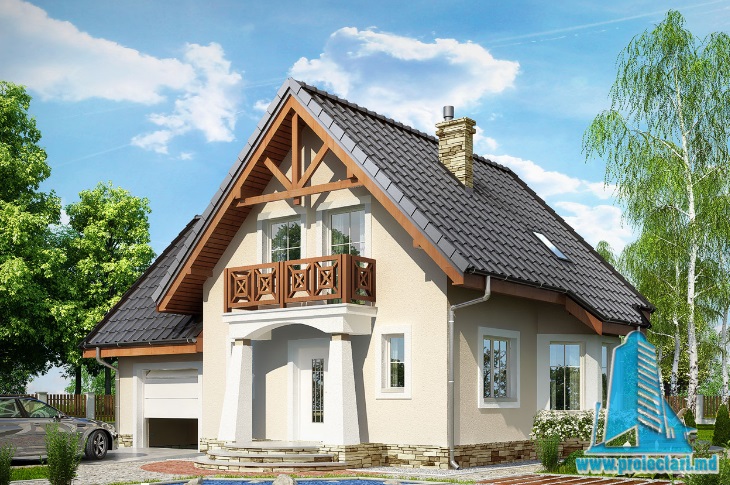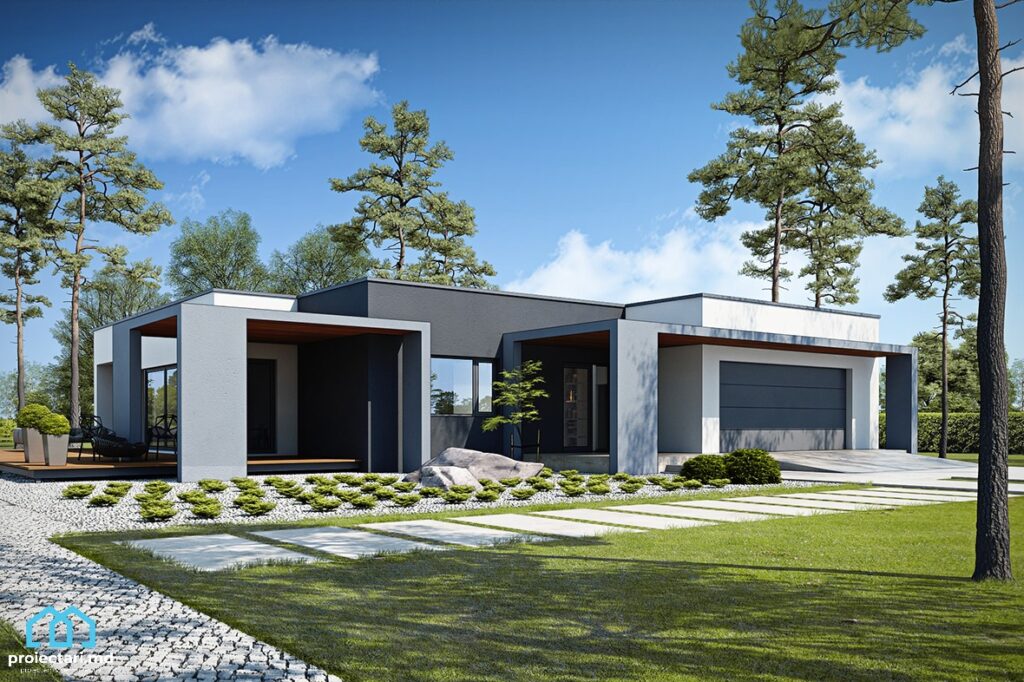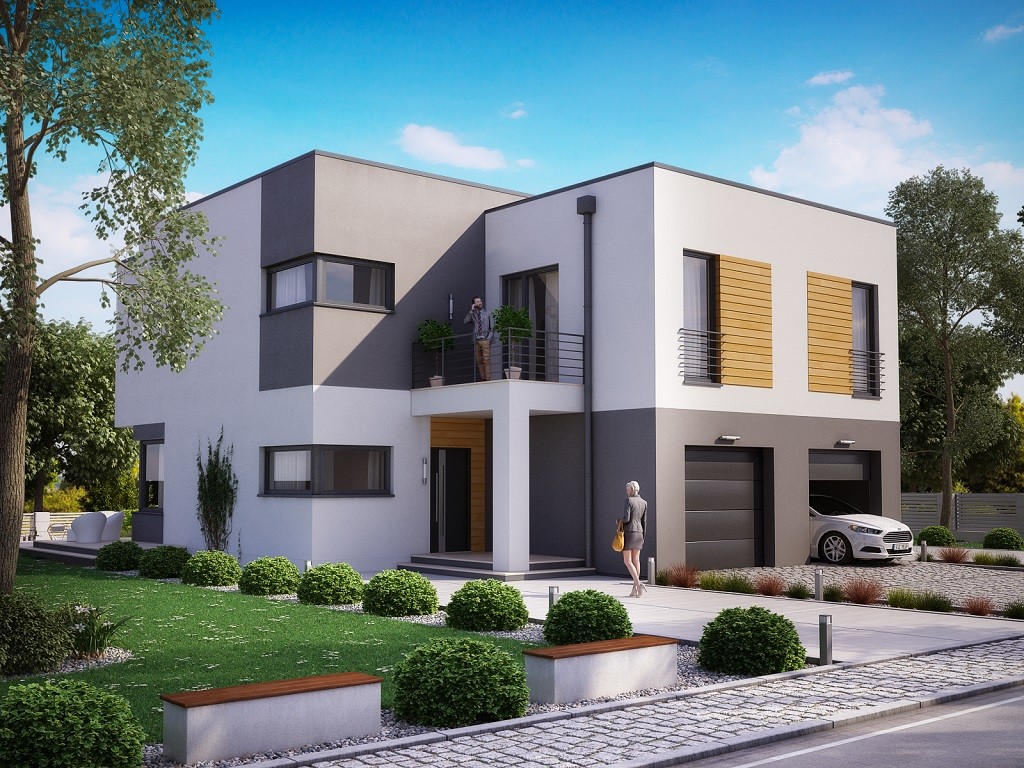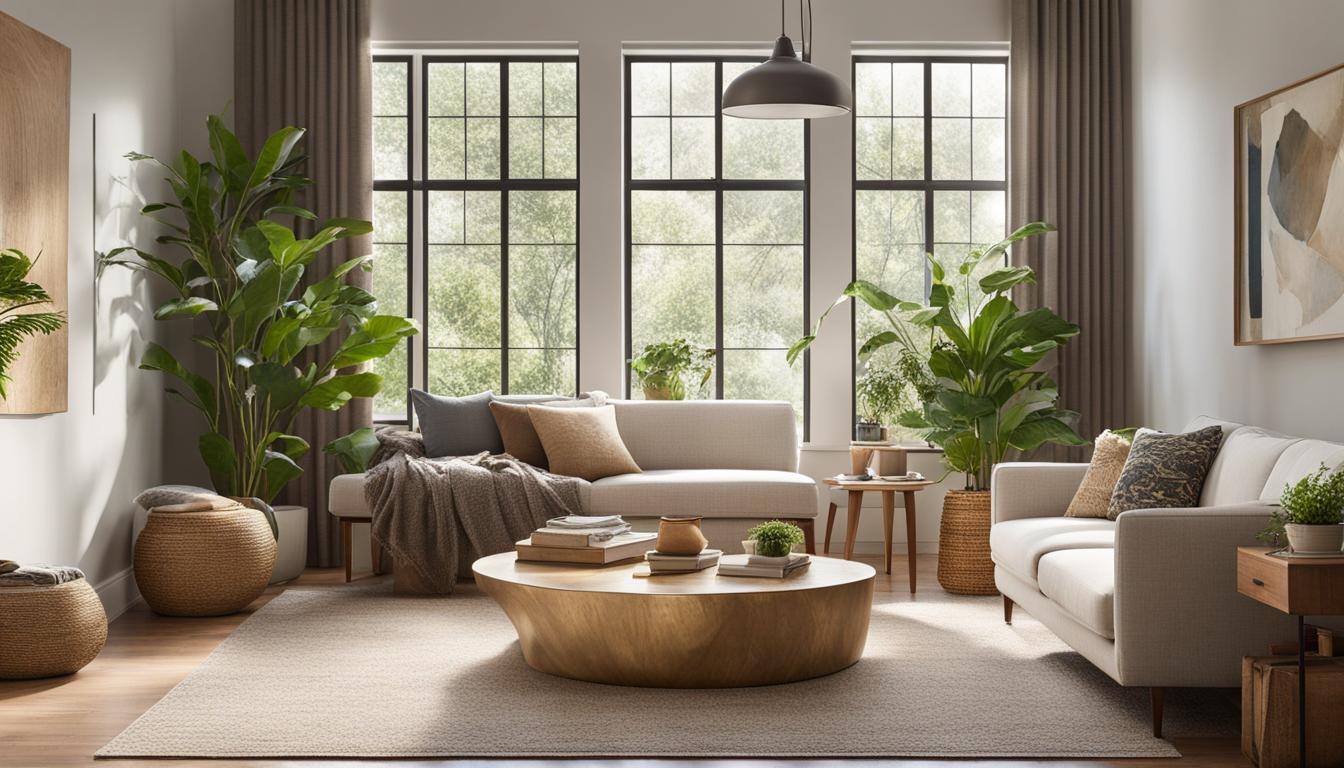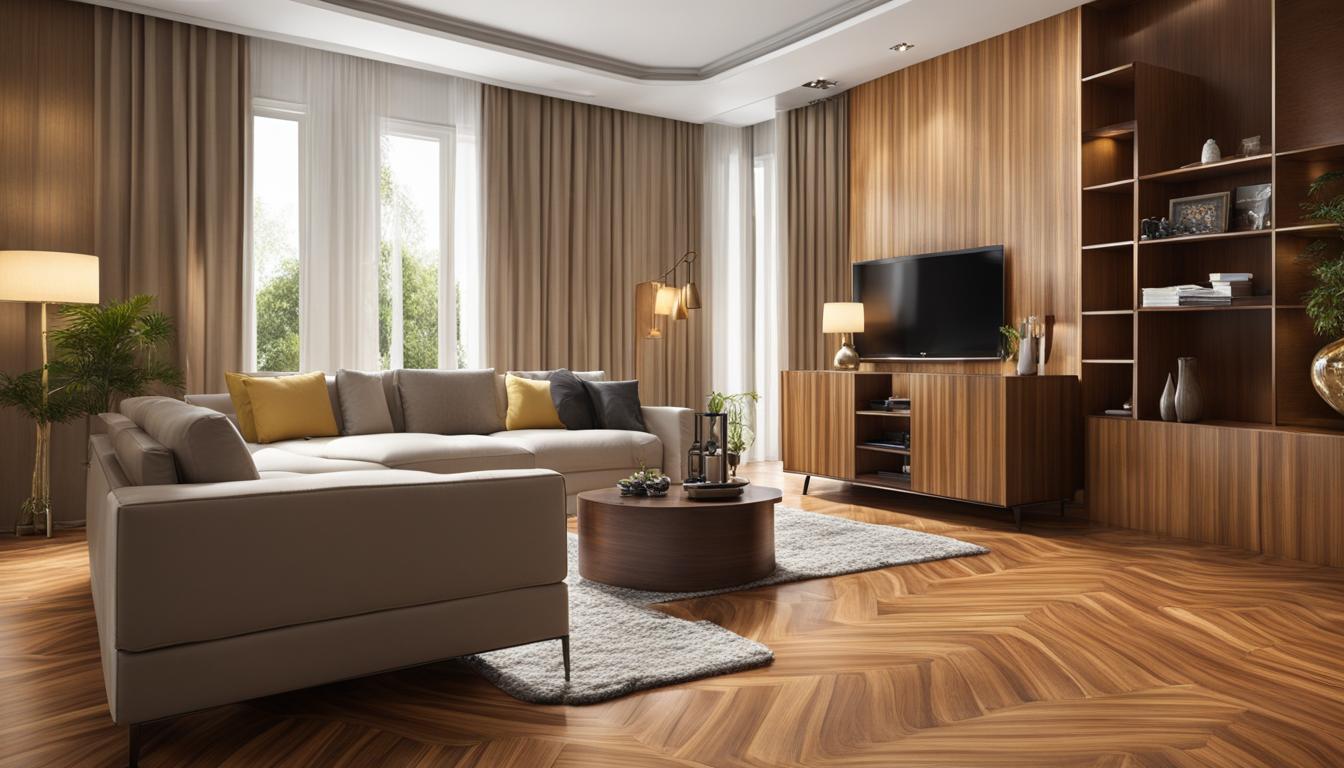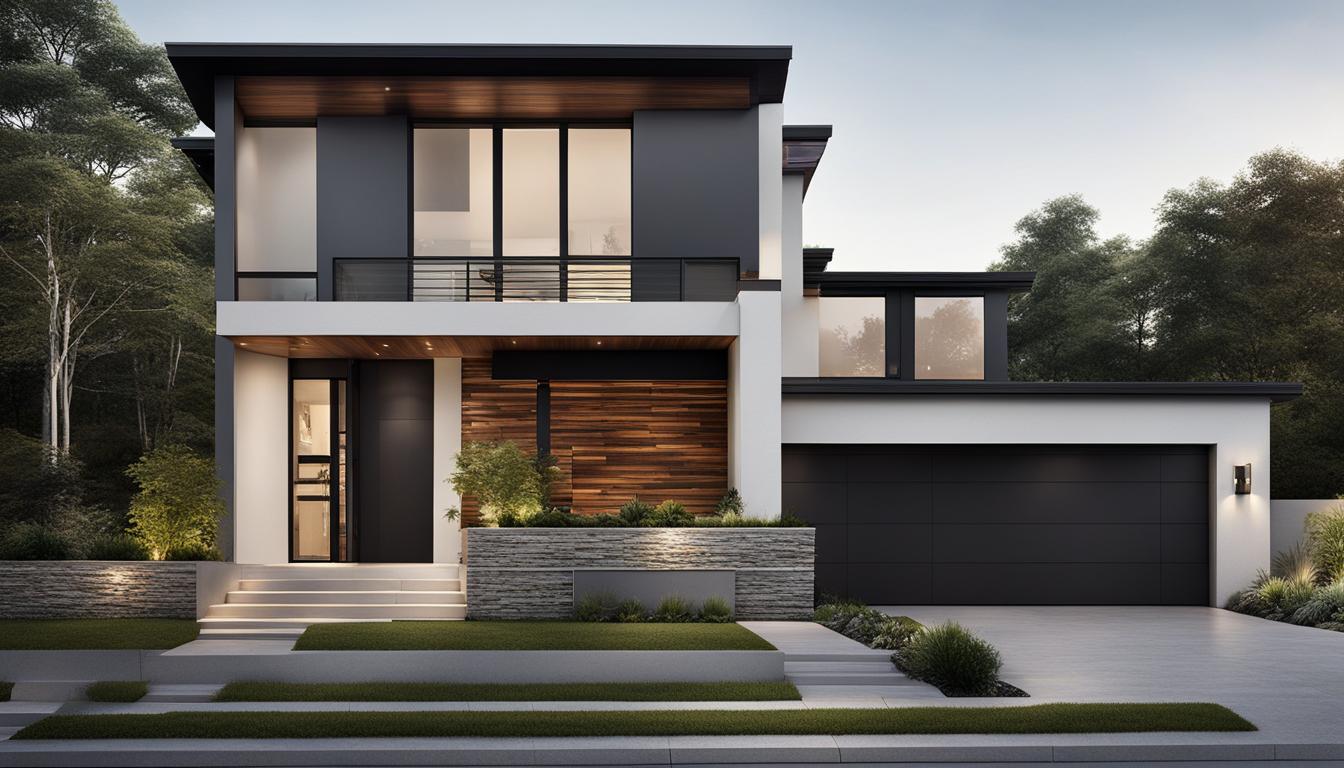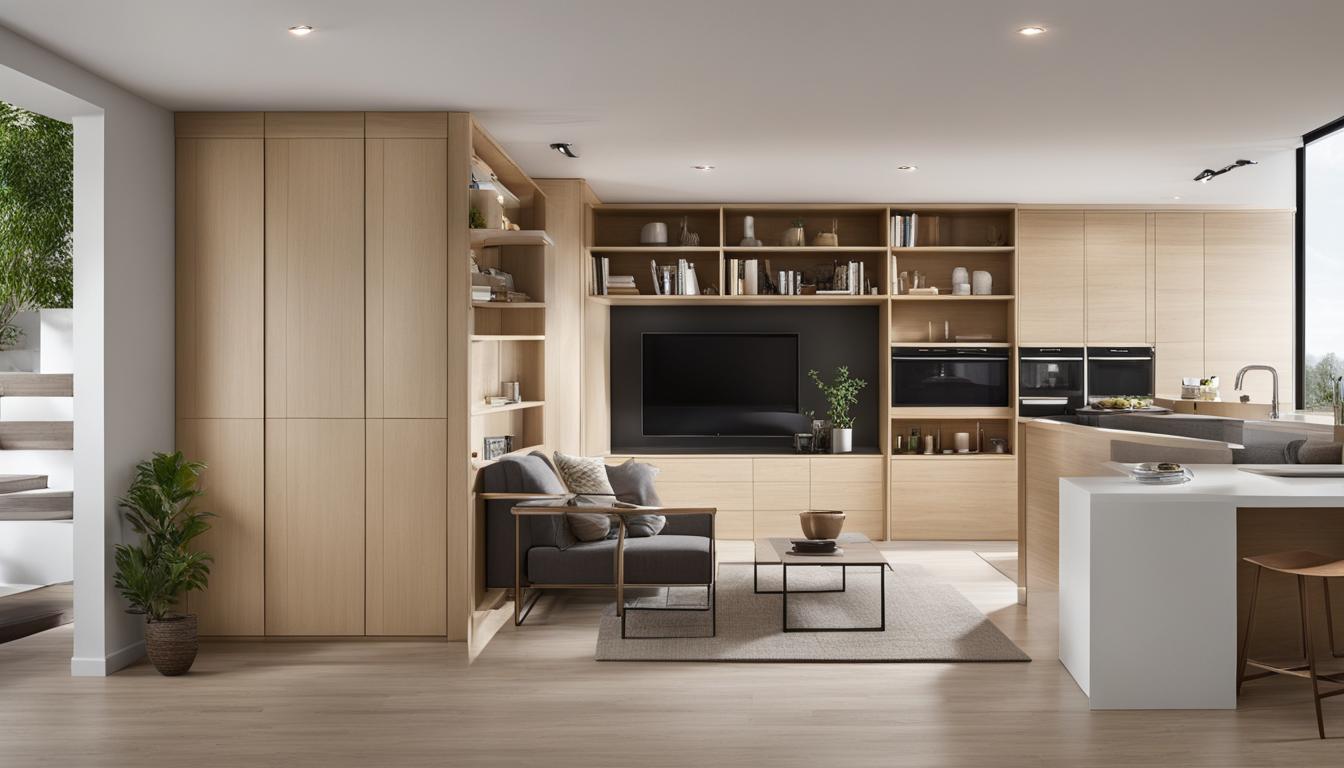The modular house represents an innovative and modern solution in residential construction. It offers high comfort and energy efficiency, allowing owners to personalize their home and reduce their impact on the environment.
Today, more and more people are looking for sustainable and economical options for housing. The modular home is the perfect answer to these needs. With modern design and advanced technology, modular homes stand out for their energy efficiency and customization offered to owners. Whether you want to build a small and compact house or a spacious and luxurious house, the modular home options are sure to meet your expectations.
Main Ideas
- The modular house represents an innovative and modern solution in residential construction.
- It offers high comfort and energy efficiency.
- It allows owners to personalize their home and reduce their impact on the environment.
- The modular home stands out for its energy efficiency and customization offered to the owners.
- Regardless of size, modular homes offer sustainable and economical housing solutions.
What is a Modular Home?
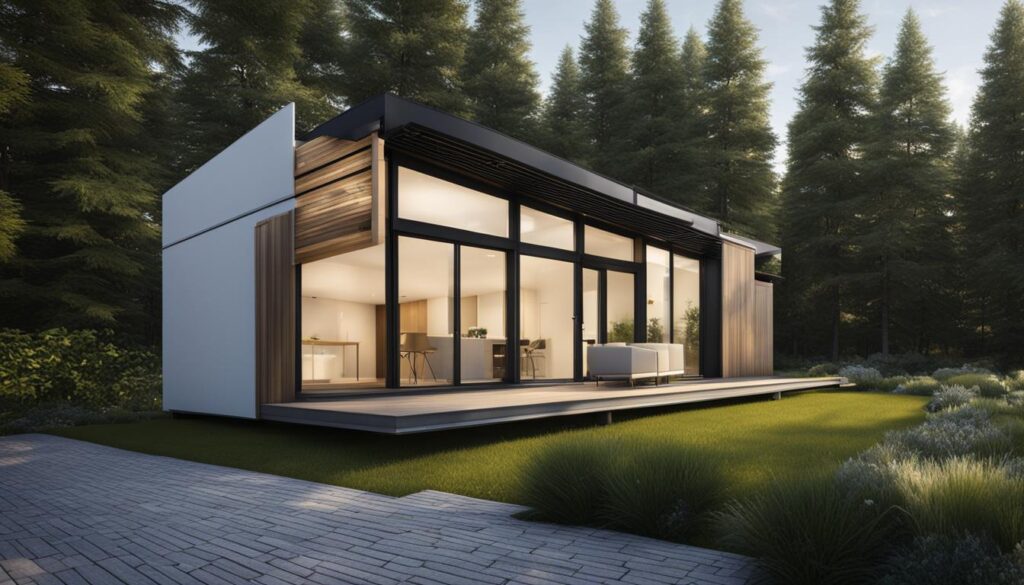
A modular home is a residential construction consisting of prefabricated modules that are assembled on site to form a complete home. This modern construction method is an efficient and versatile alternative to traditional constructions. The modular house is characterized by the following:
Definition and Main Features
- Prefab: The modular home is built from prefabricated modules that are manufactured in a factory and then transported to the construction site.
- On-site assembly: The prefabricated modules are assembled on site, thus forming the final structure of the house.
- Flexibility and adaptability : The modular home allows customization and design changes according to the owner’s preferences.
- Fast and efficient construction: Thanks to the prefabricated modules, the construction of a modular house is much faster and more efficient.
- Energy efficiency: The modular home is designed to be energy efficient, thus helping to reduce energy consumption.
Differences from Traditional Constructions
There are some significant differences between the modular home and traditional constructions:
- Construction method: The modular house is built using prefabricated modules, while traditional constructions are made on site.
- Speed of construction: The modular house can be built faster than a traditional construction, because the prefabricated modules are already manufactured and only need to be assembled on site.
- Customization: The modular home gives homeowners more flexibility in customizing the design and interior fit-out.
- Efficiency in the use of materials: Modular construction uses smaller amounts of materials, thus allowing for a more efficient use of resources and a reduction in construction waste.
Therefore, the modular home is an attractive and modern option for those who want a quick, efficient and customized construction.
The advantages of choosing a Modular House
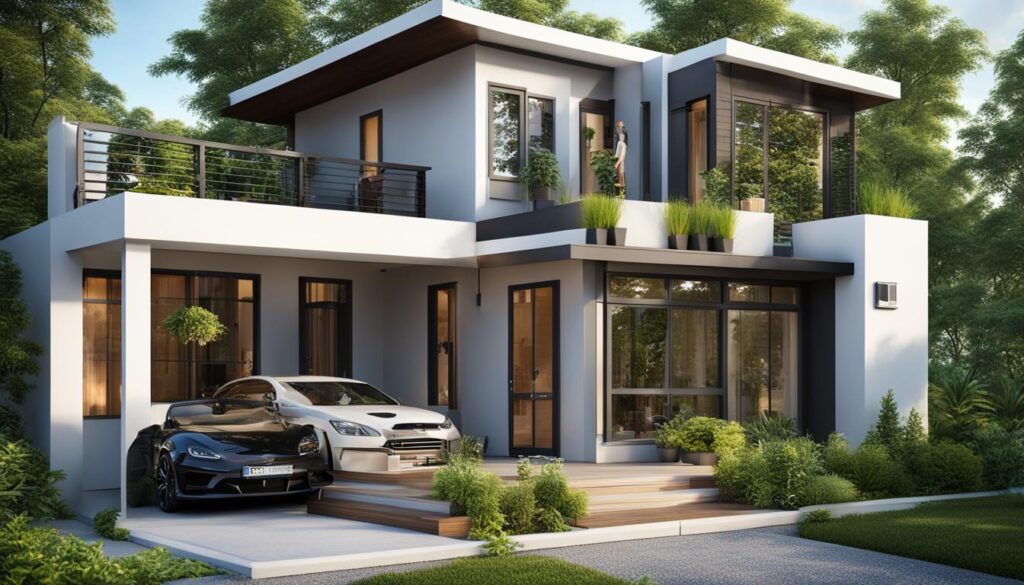
There are a number of advantages to choosing a modular home over traditional construction. These include:
- Fast construction: The modular home consists of prefabricated modules that are assembled on site, allowing for faster construction compared to traditional methods.
- Customization: Homeowners have the opportunity to customize their modular home according to their preferences and individual needs, including design and interior fit-out.
- Energy efficiency: The modular home is designed to be energy efficient, using modern technologies and materials to reduce energy consumption and reduce environmental impact.
- Durability : Prefab modules are made of durable and high-quality materials, which gives the modular house increased durability and resistance to external factors.
- Low costs : Because the construction process is more efficient and uses fewer resources, the modular home can be a more economical option compared to traditional construction.
The modular home allows owners to benefit from rapid construction, customization, energy efficiency and durability , thus giving them the opportunity to have a modern, comfortable and sustainable home.
The Modern Design of Modular Homes
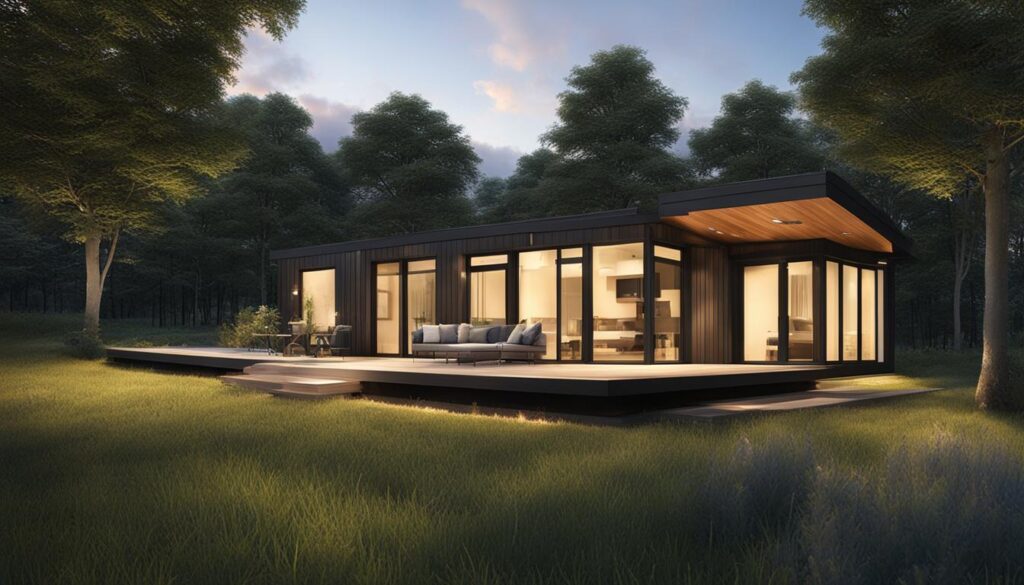
The modular home offers the opportunity to have a modern and adaptable design. In recent years, various trends have developed in modular design, such as the use of ecological materials, open and minimalist spaces, as well as the integration of smart home technology. Homeowners can customize the design of the modular home to suit their tastes and preferences, turning it into a unique and enjoyable space.
Trends in Modular Design
Modular design has evolved significantly in recent years, adapting to the needs and preferences of modular home owners. Here are some important trends in the design of these innovative constructions:
- The use of ecological and sustainable materials such as wood, recycled concrete and glass to reduce the impact on the environment and create a natural and pleasant atmosphere inside the house.
- Open and minimalist spaces to create the impression of cleanliness and order and to allow natural light to penetrate into all corners of the home.
- Modular design in neutral tones and palette colors to create a contemporary and elegant look.
- Integrating smart home technology into the modular design, which allows owners to control lighting, temperature and appliances using their mobile phone or virtual assistants.
- Efficient use of space to maximize the comfort and functionality of the modular home.
The modern design of modular homes emphasizes simplicity, functionality and innovation, transforming the home into a contemporary and pleasant space for the inhabitants.
Customizing Your Modular Home Design
The customization of modular home design is one of the key aspects that attracts owners to this innovative solution. A modular home offers a wide range of customization options, from choosing exterior materials and colors to configuring the floor plan and interior design. Homeowners can work with designers and architects to create a unique and enjoyable space tailored to their individual needs and preferences.
By choosing the right finishes, furniture, lighting and accessories, homeowners can bring personality and style to their modular home. It is important that the design reflects the tastes and preferences of the owners and creates a pleasant and comforting environment for the residents.
Customizing the design of the modular home gives owners the opportunity to express their creativity and turn the house into a unique and authentic place where they truly feel at home.
| Trends in Modular Design | BENEFITS |
|---|---|
| Use of ecological and sustainable materials | – Reducing the impact on the environment – Creating a natural and pleasant atmosphere |
| Open and minimalist spaces | – Creating an impression of cleanliness and order – Allowing natural light to penetrate into all corners of the house |
| Design in neutral colors and palette | – Creating a contemporary and elegant look |
| Integration of smart home technology | – Easy control of systems and equipment in the house |
| Efficient use of space | – Maximizing comfort and functionality |
Modern design and customization of the modular home are essential aspects in creating a unique and pleasant home that fully reflects the style and preferences of the owners.
Key Elements in Modular Construction
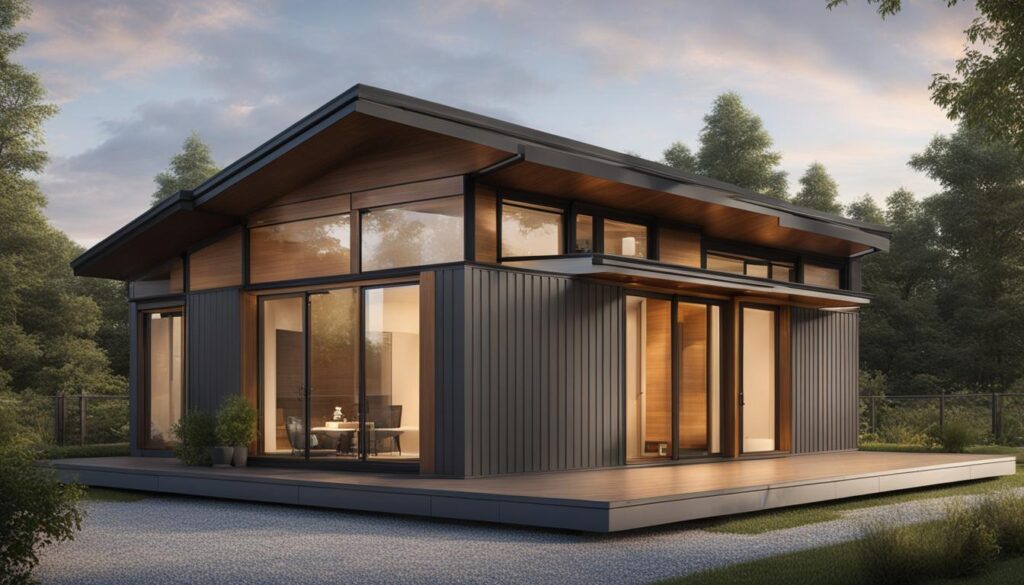
Modular construction is based on certain key elements that make it possible to assemble prefabricated modules. These include:
- Foundation and modular structure: To provide stability and safety, the modular house needs a solid foundation and a strong modular structure. These elements form the basis on which the whole house will be built.
- The cladding system: An efficient cladding system protects the house from the weather and provides adequate thermal and sound insulation. It includes the roof, exterior walls and windows, contributing to the durability and energy efficiency of the modular home.
- Electrical and plumbing: A modular construction must have functional and safe electrical and plumbing. These include electrical wiring, sockets, water and sewage pipes, respecting the standards and norms in force.
- Flooring and interior and exterior finishes: Flooring, interior and exterior finishes are essential elements in defining the style and appearance of the modular home. They can be customized according to the owners’ preferences and can add warmth and character to the home.
These elements are fundamental in the construction of a quality modular home, ensuring resistance, comfort, and functionality at the same time.
To view a representative image of modular homes, see the image below:
Technical Aspects and Energy Efficiency Standards
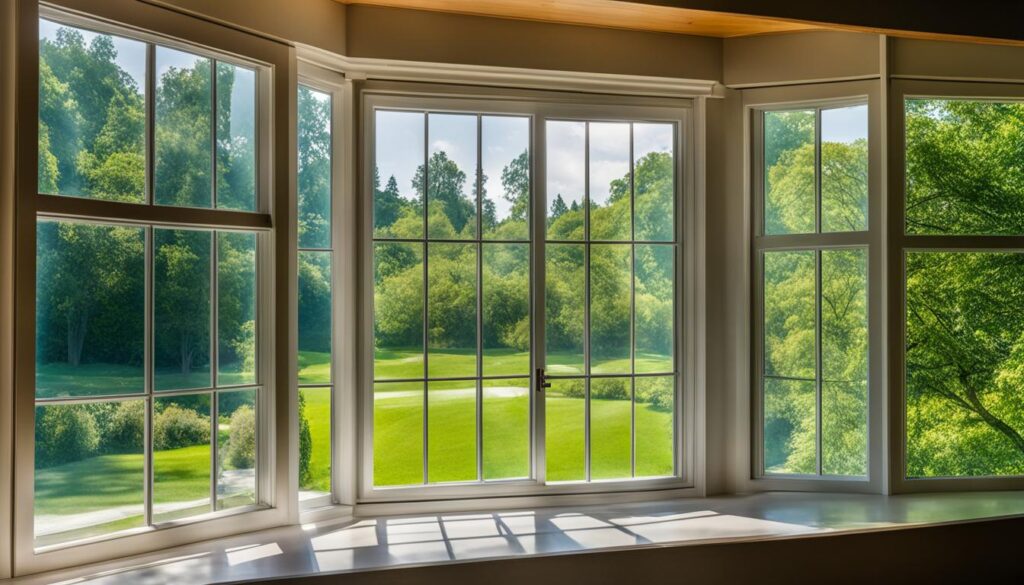
The modular house stands out for its technical aspects and energy efficiency. By improving thermal insulation and using sustainable energy systems, the modular home offers owners a significant reduction in energy costs and increased thermal comfort. Energy efficiency standards ensure that the home complies with energy performance and environmental impact requirements.
The modular house: Improving Thermal Insulation
One of the essential technical aspects of a modular house is the improvement of thermal insulation. By using high-quality insulation materials and modern technologies, the modular house minimizes heat loss and keeps the interior temperature comfortable throughout the year. Good thermal insulation helps reduce energy consumption for heating and cooling, thus ensuring significant savings for owners.
Use of Sustainable Energy Systems
To ensure increased energy efficiency, the modular home uses sustainable energy systems . These may include solar panels for the production of electricity or heat, heat pumps that use energy from the environment to heat or cool the home, and the domestic hot water recirculation system. By integrating these systems, the modular home becomes autonomous from an energy point of view and reduces the impact on the environment, contributing to the creation of a more sustainable and ecological environment.
| Benefits of Using Sustainable Energy Systems |
|---|
| Significant savings on energy bills |
| Reducing dependence on conventional resources |
| Protecting the environment |
| Increasing the value and durability of the home |
The Modular House: Integration into the Environment and Sustainability
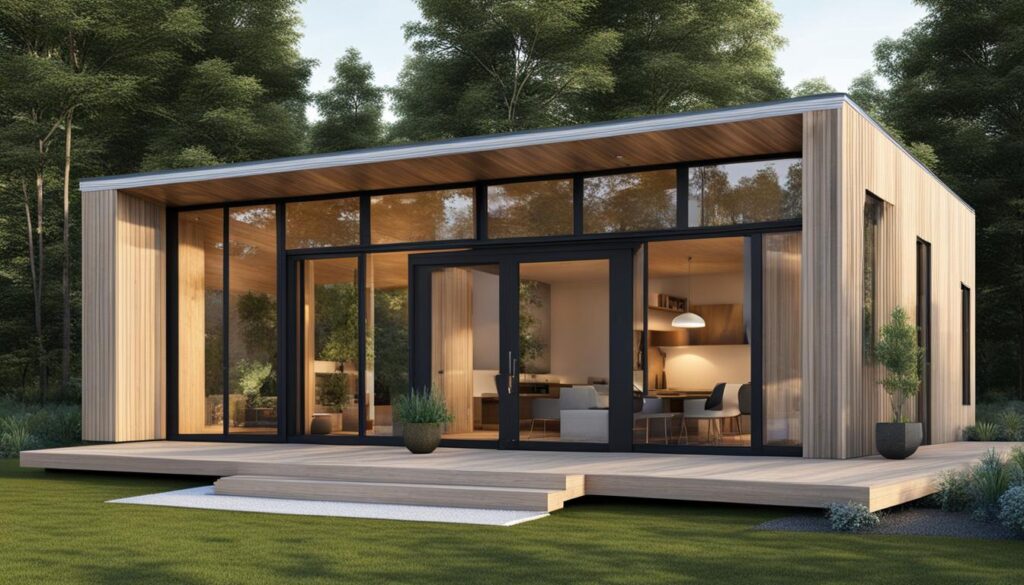
The modular home promotes integration into the environment and sustainability. The materials used in the construction of the modular house are of high quality and durable, thus contributing to a smaller carbon footprint and protecting the environment.
By designing and implementing efficient energy systems and sustainable utilities, homeowners can help conserve resources and reduce environmental impact.
Imagine:
Criteria for Selecting the Modular House Project
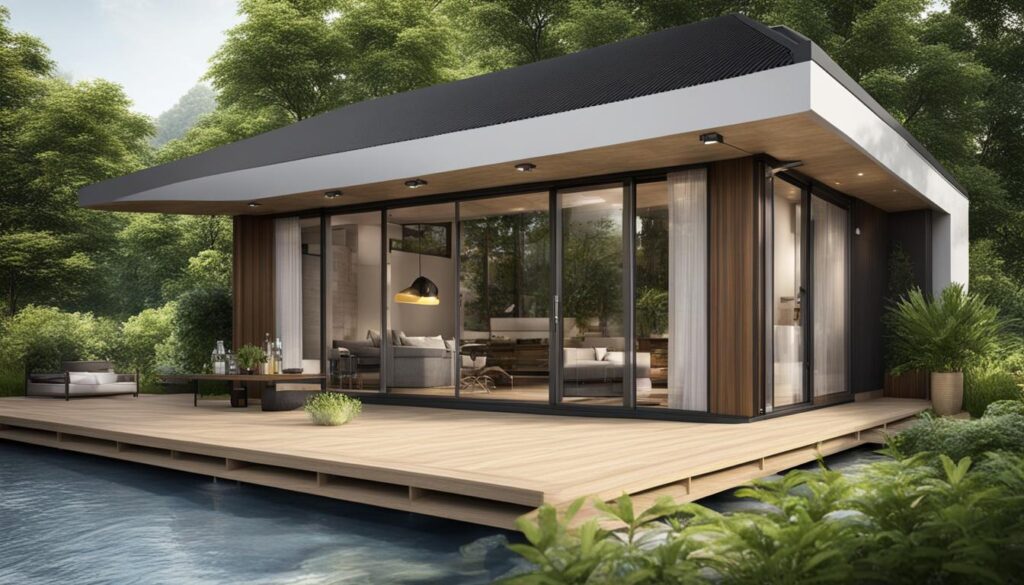
Selecting a modular home project involves analyzing individual needs and terrain, as well as choosing a suitable manufacturer. Homeowners must consider their needs and preferences in terms of space, style and functionality of the home. It is also important to work with a reliable manufacturer with experience in building modular homes to ensure quality and efficiency of construction.
To select a suitable modular home project, homeowners should consider the following criteria:
Modular house. Analysis of Individual Needs and Land
The modular home project should suit the individual requirements and preferences of the owners. These include:
- Number of rooms and their size
- Distribution of interior space
- Architectural style and interior design
- Special needs, such as offices or storage spaces
Owners also need to consider the land available for construction, including its size, configuration and potential restrictions.
Choosing the Right Manufacturer
Choosing a reliable and experienced manufacturer in the construction of modular homes is essential for the success of the project. Here are some important things to consider:
- The experience and qualifications of the manufacturer in the construction of modular homes
- The portfolio of previously completed projects
- Customer testimonials and reviews
- The ability to customize the project according to the requirements of the owners
- Procurement and use of high quality materials
Working closely with a trusted manufacturer can ensure an efficient and high-quality construction process that fully meets the needs and desires of modular home owners.
The modular house. Economic House: Costs and Budget
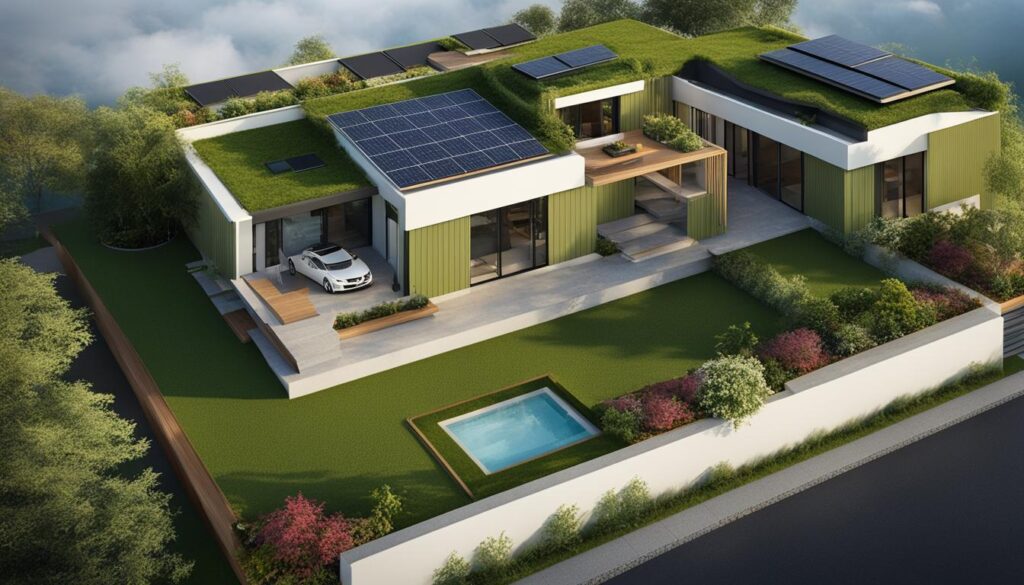
The modular house offers the owners the advantage of having an economical house with lower costs compared to traditional constructions. Fast construction and efficient use of materials helps to reduce costs. Homeowners can manage the budget effectively by carefully planning and selecting the options and finishes they want.
The image above illustrates the beauty and economy of a modular home. Homeowners can benefit from reduced costs and significant savings, without compromising the quality or comfort of the home.
Careful budget planning is essential in building a modular home. By contacting a modular home design and construction specialist, homeowners can receive advice and information about the costs involved in each stage of the construction process.
By carefully selecting materials and finishes, homeowners can achieve a custom home that meets their budget. For example, choosing durable but more affordable materials can reduce future construction and maintenance costs.
A modular home offers exceptional value for the homeowner’s budget, allowing them to save money without compromising on home quality and comfort.
Legal Procedures and Regulations in Prefabricated Constructions
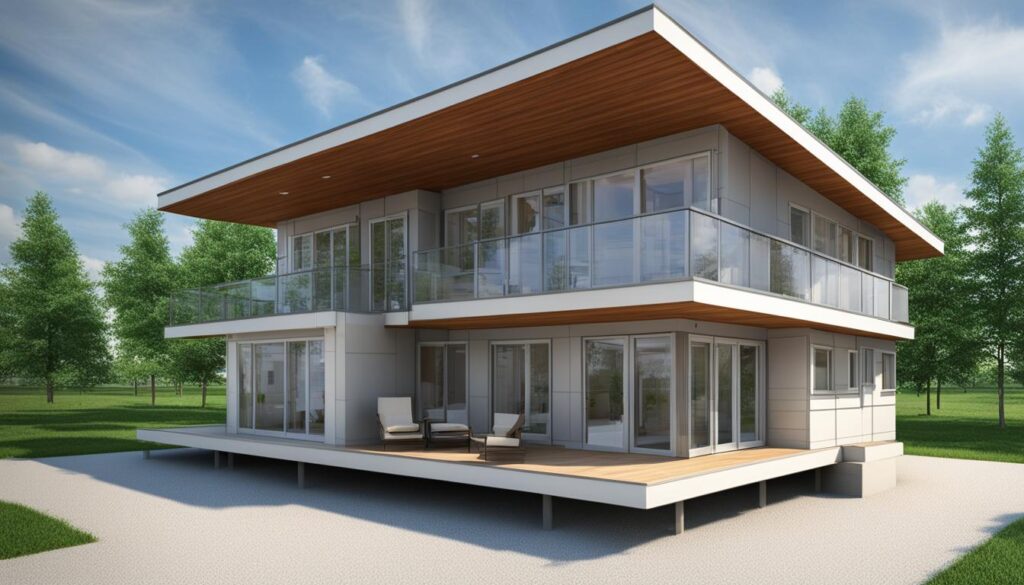
Obtaining Building Permits
To start the construction of a modular house, it is necessary to obtain building permits in accordance with legal regulations. These vary by location and may include obtaining approvals from relevant authorities, environmental impact assessment and other necessary administrative steps.
The Modular Home: Safety and Compliance Standards
When it comes to modular home, it is essential to meet safety and compliance standards in the construction process. These standards can be related to structure, electrical and plumbing, thermal insulation and other technical aspects. Compliance with these standards ensures the durability and safety of the modular home.
How to assemble a Modular House?
Assembling a modular home involves assembling prefabricated modules on site. The process begins with the transportation of the modules to the construction site, where they will be prepared for assembly. It is important that the owners are with the team of specialist workers to ensure that everything goes according to plan.
Site preparation is the first step in the assembly process of a modular home. It includes leveling the land and preparing the foundation to ensure the stability and security of the house. The prefabricated modules are then brought to the site and fixed in place. Each module is carefully placed to fit perfectly with the other modules, thus ensuring the robustness and integrity of the modular home structure.
The moment of assembly requires compliance with safety and assembly procedures. Specialist workers work carefully and precisely to ensure that each component is correctly installed and connected. Careful checking of every detail and progress is essential to avoid any problems during the assembly process.
Homeowners must be aware of all the steps involved in the modular home assembly process. Regular communication and collaboration with the work team is especially important to ensure that all aspects are taken into account and the process is carried out successfully.
Residents and Technology: How Modular Homes Improve Everyday Life
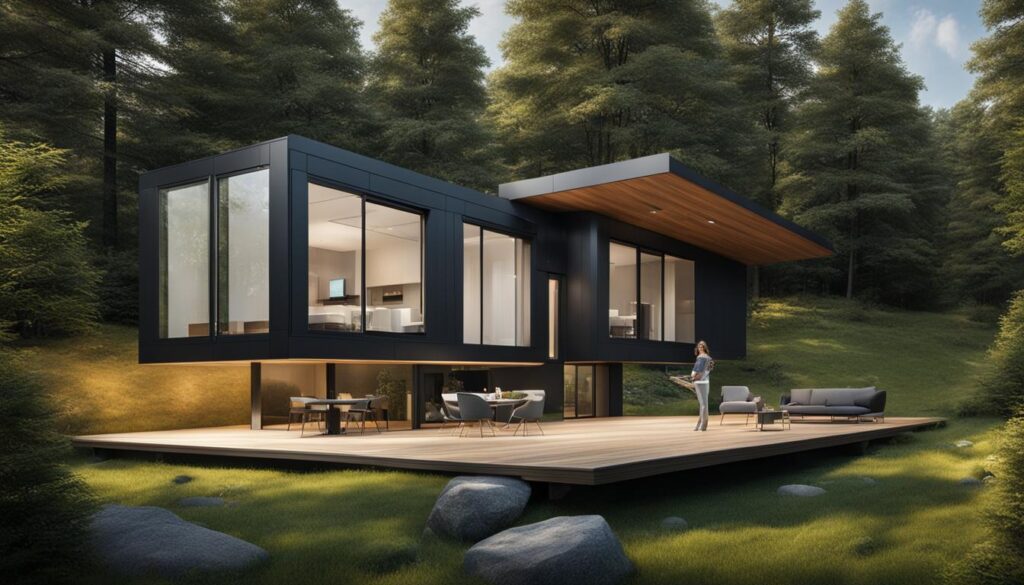
Modular homes improve the daily life of residents by integrating smart home technology, which allows effective remote control of systems and equipment.
Modular homes also offer flexibility and adaptability to change, allowing owners to modify their living space to suit their needs. These elements contribute to a more comfortable and efficient living experience.
In a modular home equipped with smart home technology , residents have control over key aspects of the home even when they are away. Through their smartphone or other mobile devices, they can control lighting, heating and cooling, security and more. This brings an increased level of comfort and convenience, allowing them to customize and manage their home according to their individual preferences.
Another important feature of modular homes is flexibility and adaptability. Owners can modify or expand existing modules to meet their changing needs, whether it’s growing a family, repurposing spaces or other specific requirements. This removes the restrictions associated with traditional constructions and offers the possibility to adapt the home in a simple and efficient way.
Modular house. Integration of Smart Home Technology
Integrating smart home technology into a modular home brings significant benefits to residents. Through smart systems, they can control lighting, temperature, humidity and other key aspects of the home according to their preferences and schedule. This brings a high level of convenience and time saving, eliminating the need to manually manage various aspects of the home.
Smart home systems can be programmed to adapt to the daily routine of residents, automatically turning on and off appliances and equipment according to their needs and preferences. For example, automatic schedules can be set to turn on the heating before you get home or to turn off the lights at a certain time of the night. This not only brings an increased level of comfort, but also contributes to saving energy and associated costs.
Flexibility and Adaptability to Change
Modular homes offer homeowners remarkable flexibility and adaptability in the face of change. Prefabricated modules can be easily modified or replaced, offering the possibility to expand or reconfigure spaces according to new needs or changes in lifestyle. This level of adaptability makes the modular home a long-term investment that remains relevant and satisfying as needs and preferences evolve.
The flexibility offered by modular homes is largely due to their modular construction method. Individual modules can be easily added, removed or rearranged, allowing owners to create their living space in a personalized and efficient way. Thus, modular houses are adaptable to any change in needs and preferences, ensuring an optimal level of comfort and functionality for residents.
Conclusion
The modular house is a modern and efficient option for building a personalized home. Considering its advantages and benefits, it is clear that the modular home offers the owners comfort, energy efficiency and flexibility. With its modern design and the integration of innovative construction techniques, the modular house stands out as a viable and attractive alternative in residential construction.
By using prefabricated modules and the on-site assembly method, the modular home offers quick construction and easy customization. Homeowners can create a home that suits their needs and tastes by choosing the materials and finishes they want. Thus, the modular house becomes a unique and pleasant space, fully adapted to the needs and preferences of the owners.
The modular house is also notable for its energy efficiency. By improving thermal insulation and using sustainable energy systems, owners benefit from reduced energy consumption and reduced utility bill costs. Energy efficiency standards ensure that the modular home meets energy performance requirements, having a low impact on the environment and helping to reduce the carbon footprint.
In conclusion, the modular house represents a modern, efficient and ecological solution for those who want to build a personalized home. With its advantages in terms of comfort, energy efficiency and flexibility, the modular home stands out as a valuable investment and a viable option for modern and sustainable living.
Order now a modular house project from Proiectari.md
If you are looking for a modern and customized solution for building the house of your dreams, Proiectari.md is the perfect choice. We offer professional design and construction services for modular houses, supported by a team of experts with experience in the field.
Our team of experts will be at your disposal to guide you in all stages of the process, from project conception to construction completion. Regardless of whether you want a modern, elegant or practical home, we can create a modular house project adapted to your needs and preferences.
Contact us now to order a customized modular house project , perfectly adapted to your style and needs. With Proiectari.md, you will benefit from innovative and superior quality solutions that will turn your dream into a tangible reality.
FAQ
What is a modular home?
A modular home is a residential construction consisting of prefabricated modules that are assembled on site to form a complete home.
What are the advantages of choosing a modular home?
The advantages of choosing a modular home include quick construction, customization, energy efficiency, durability and low cost.
What are the trends in modular home design?
Trends in modular home design include the use of eco-friendly materials, open and minimalist spaces, and the integration of smart home technology.
What key elements are involved in modular home construction?
Key elements in modular home construction include the modular foundation and structure, cladding system, electrical and plumbing, flooring, and interior and exterior finishes.
How to improve thermal insulation in the case of modular houses?
Thermal insulation in the case of modular houses can be improved by using quality insulating materials and by applying thermal insulation techniques and products.
How to assemble a modular house?
The process of assembling a modular home involves transporting the modules, preparing the site, and fixing the modules in place with the help of a team of specialized workers.
